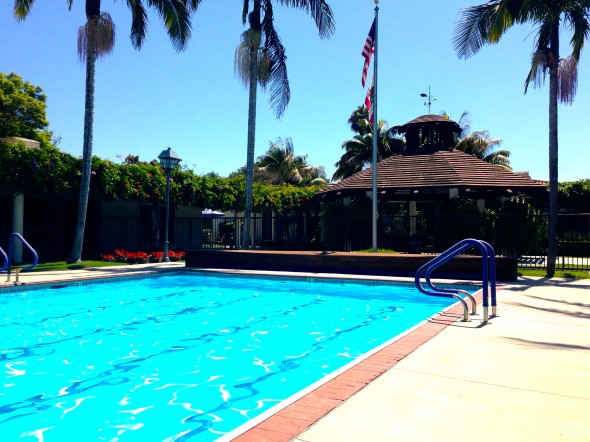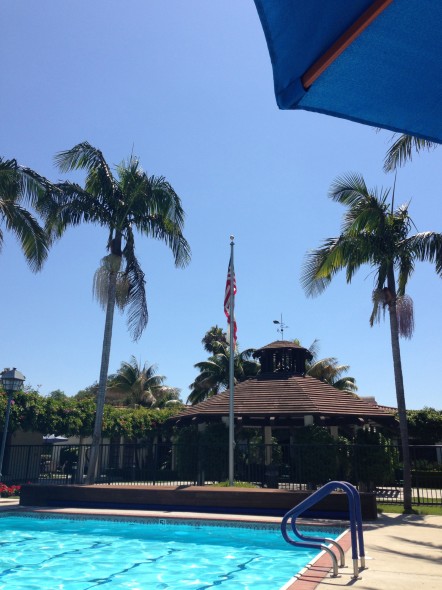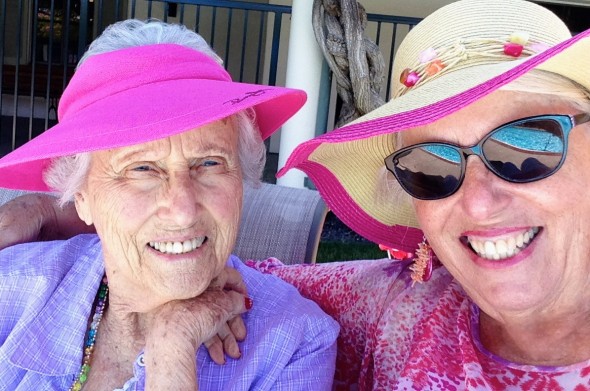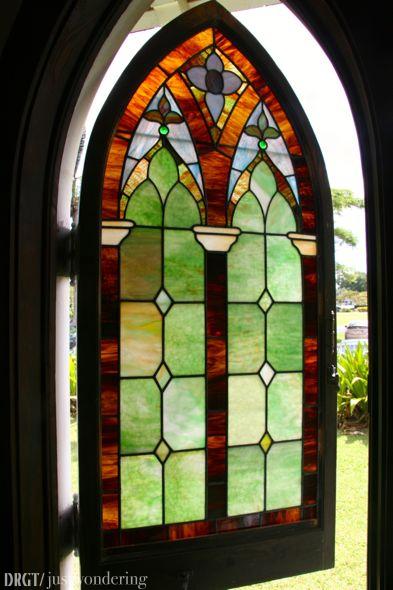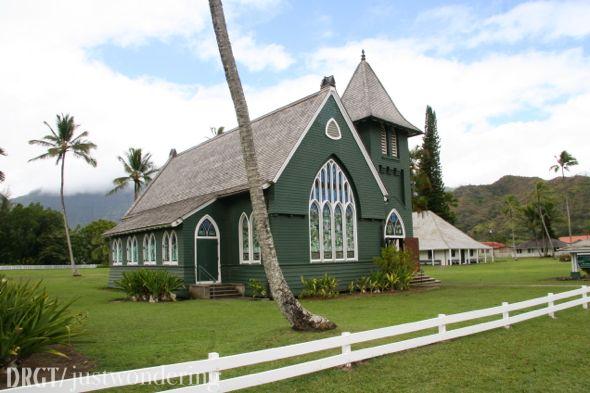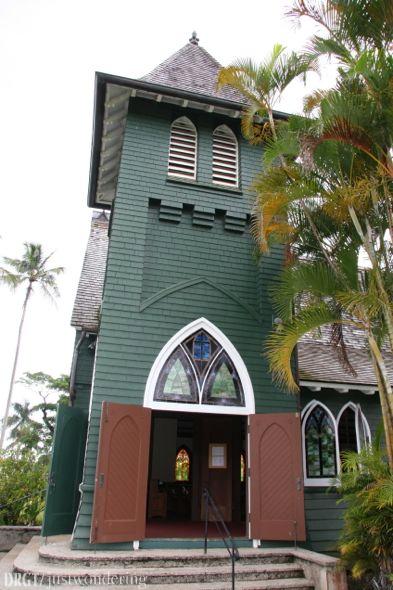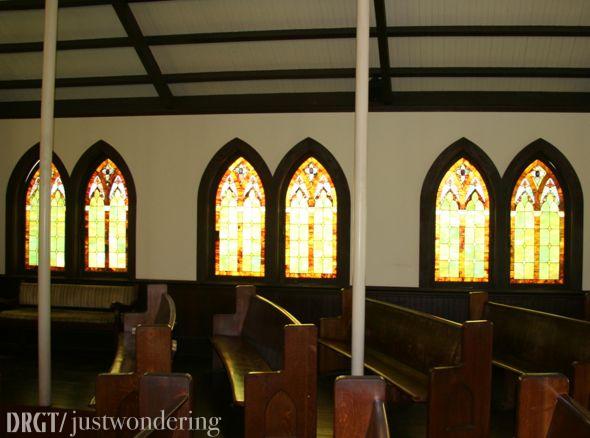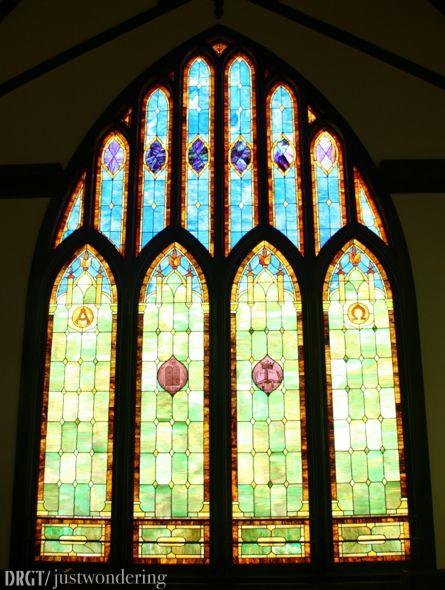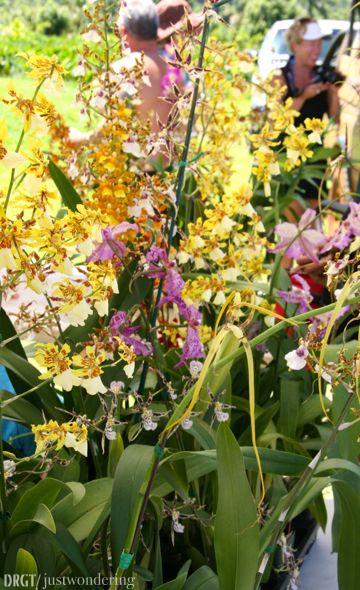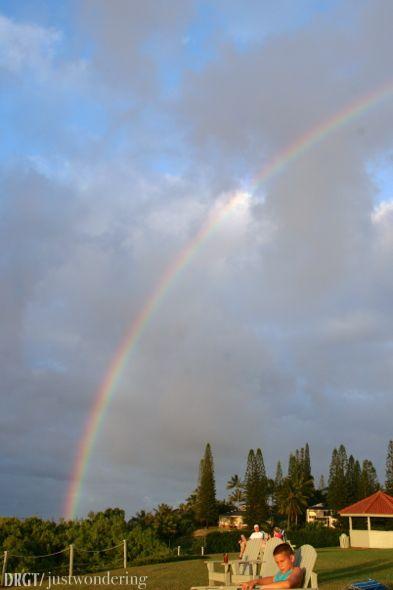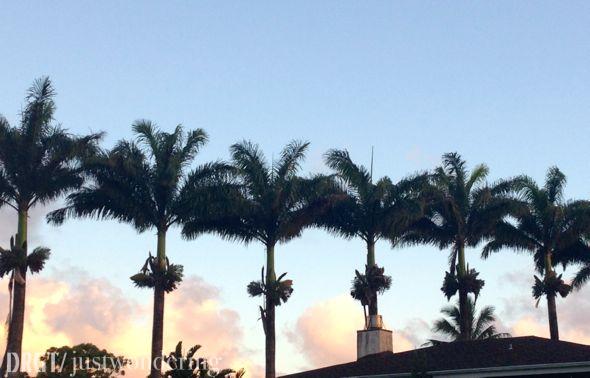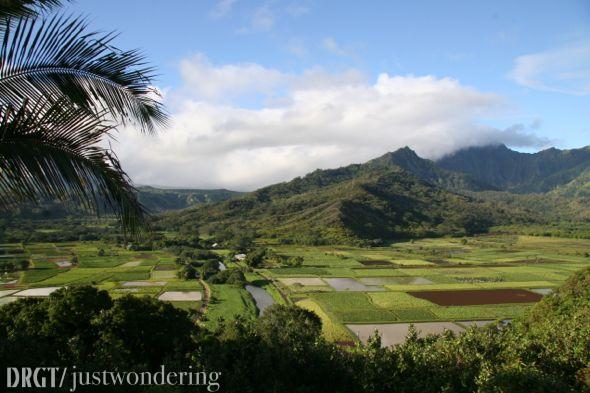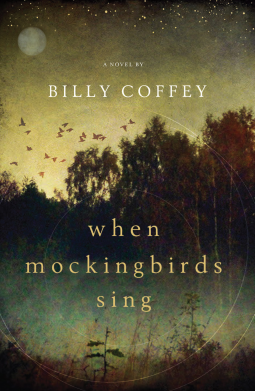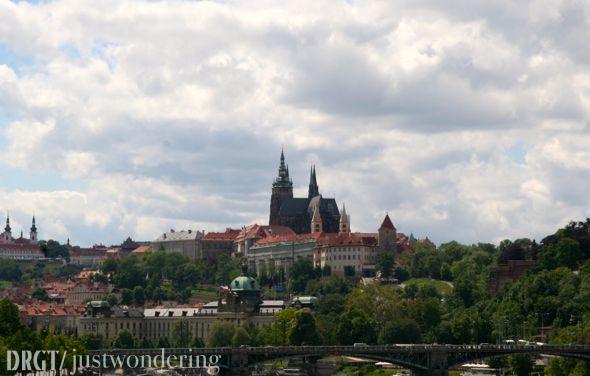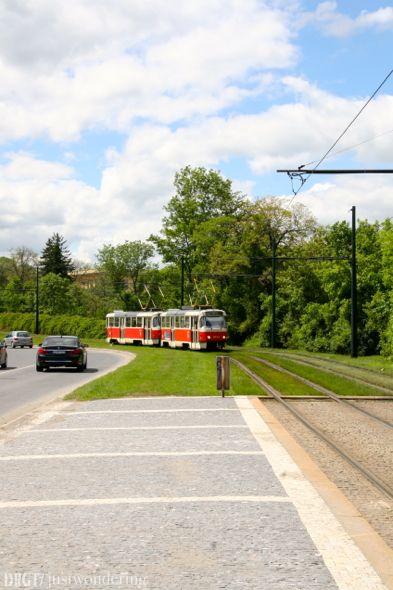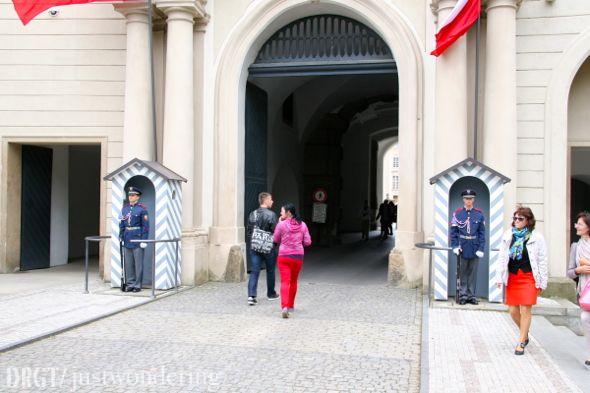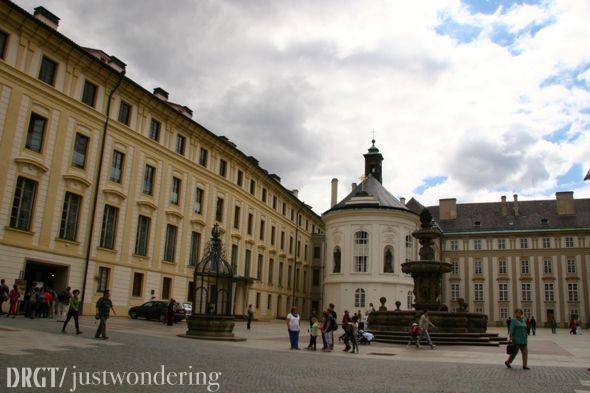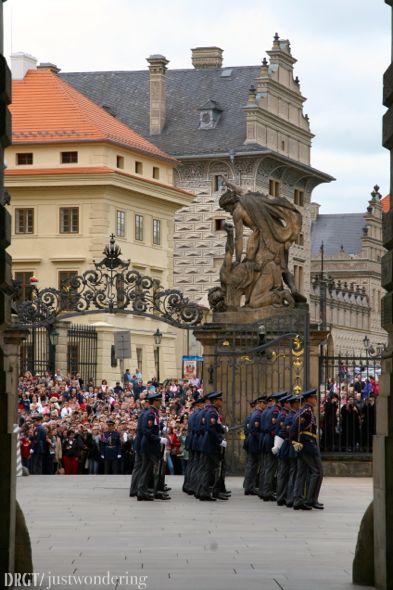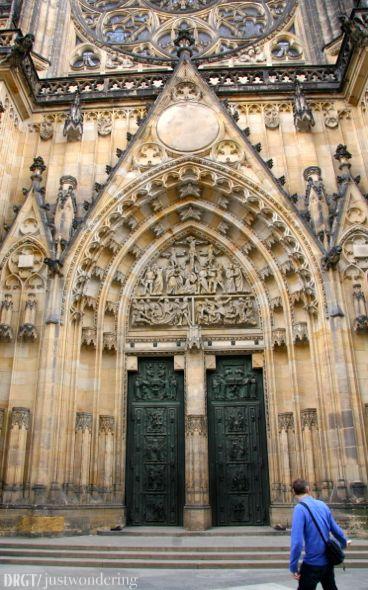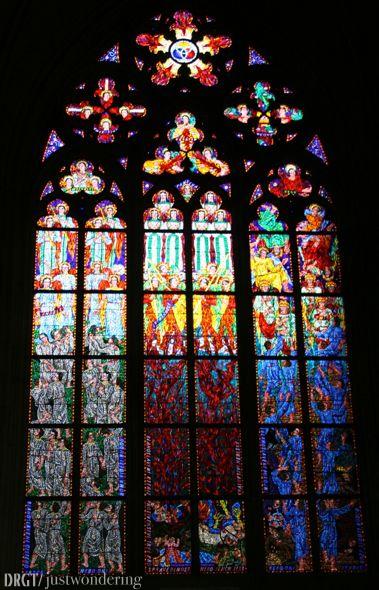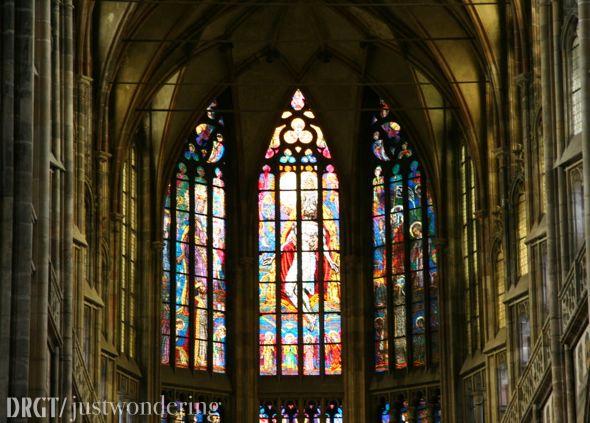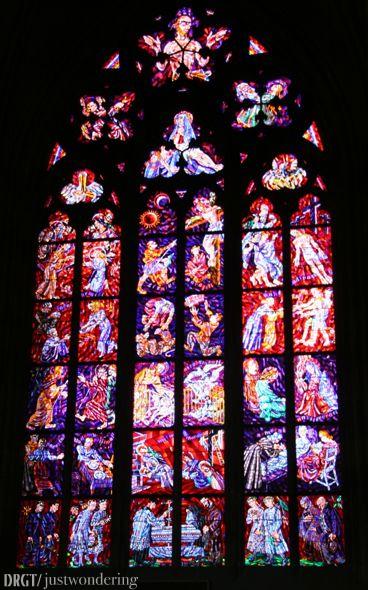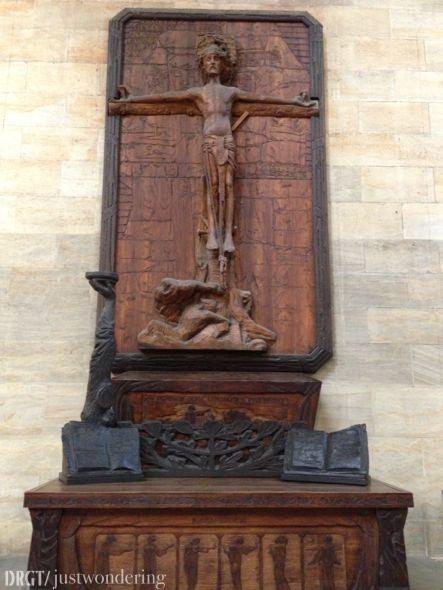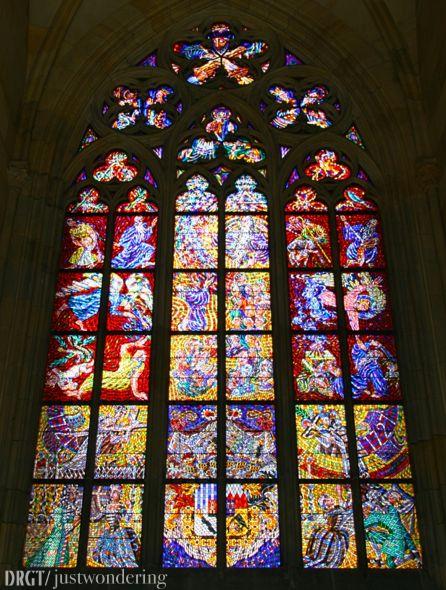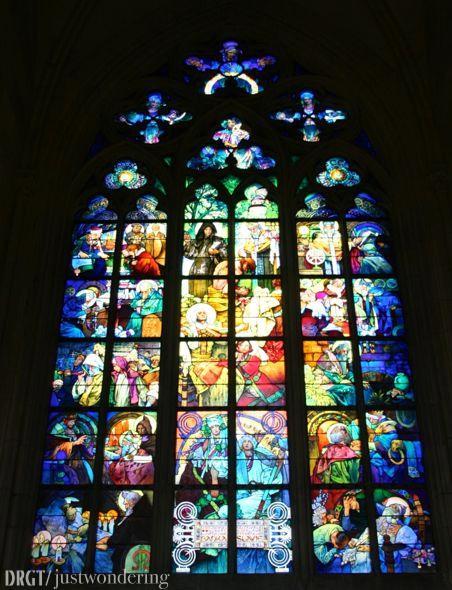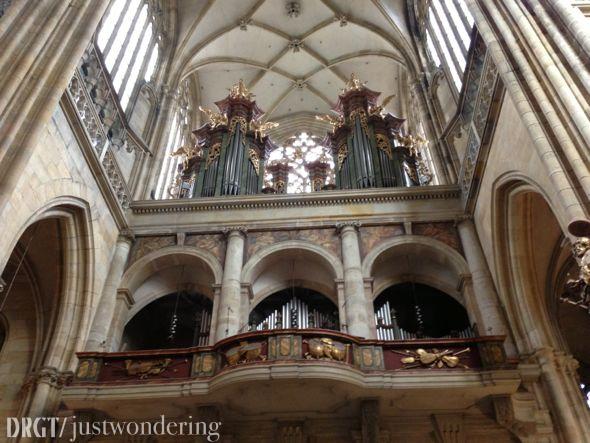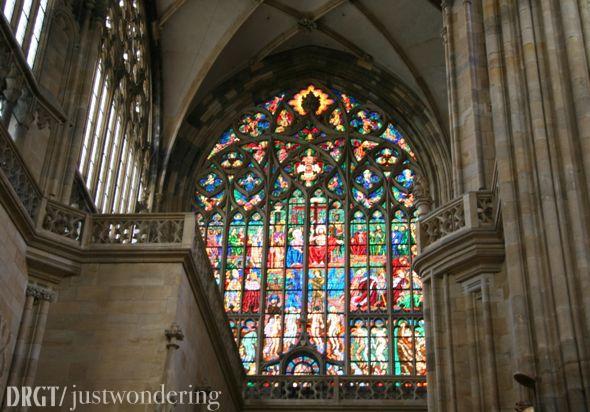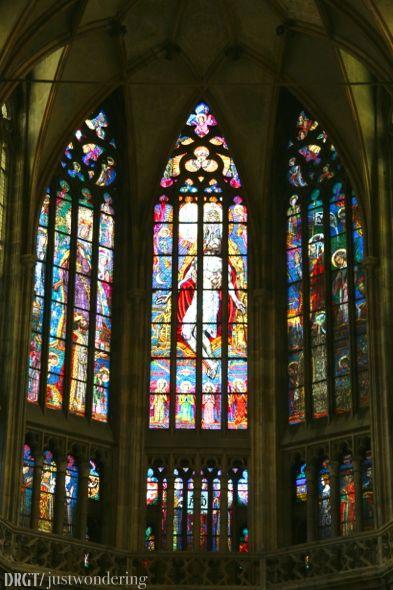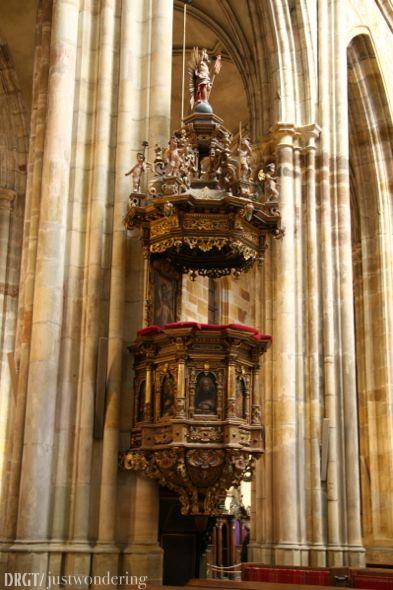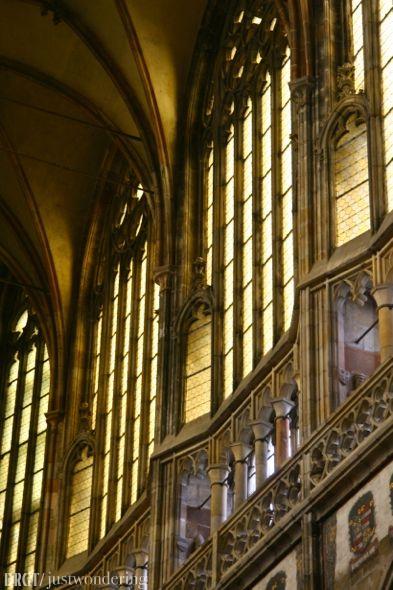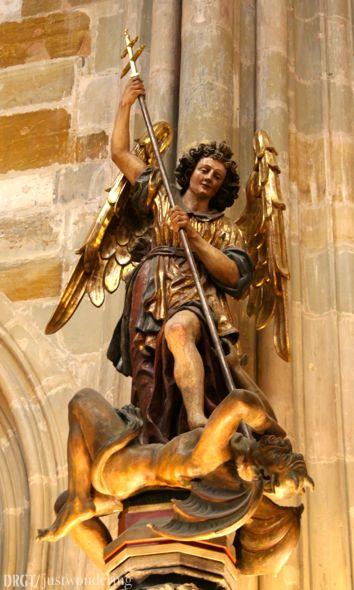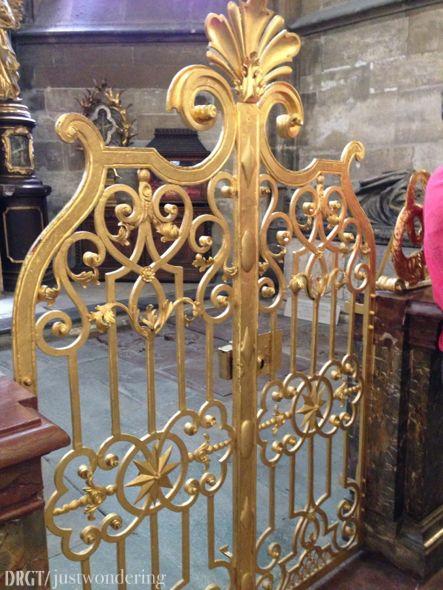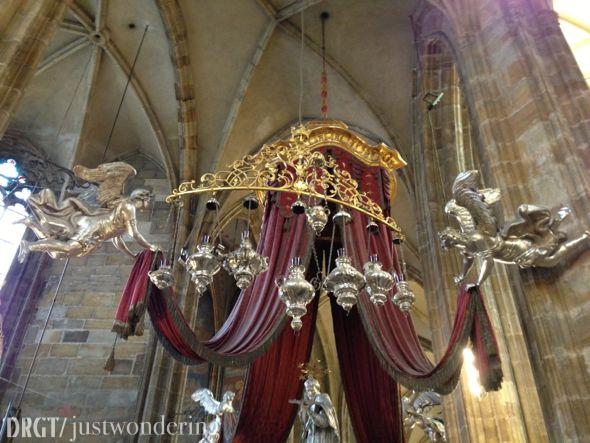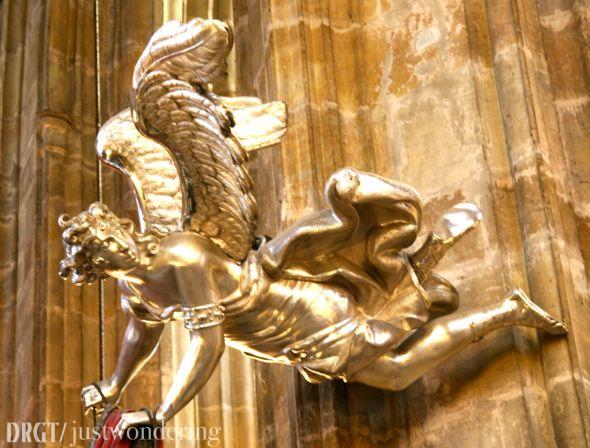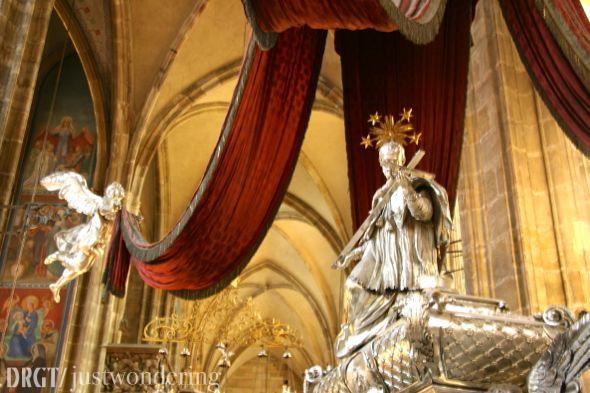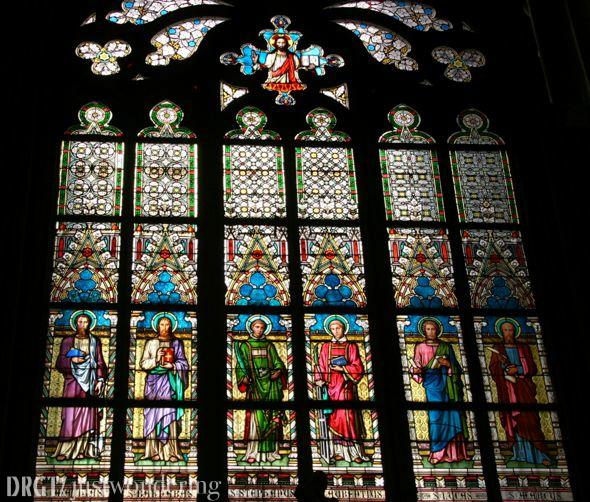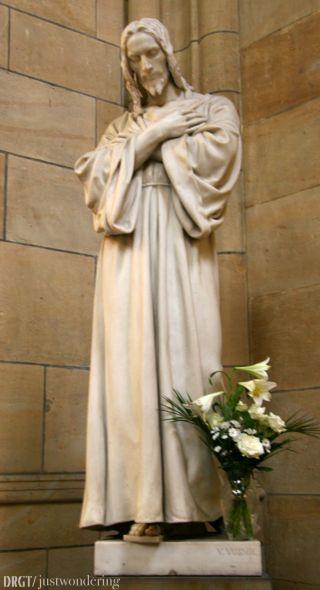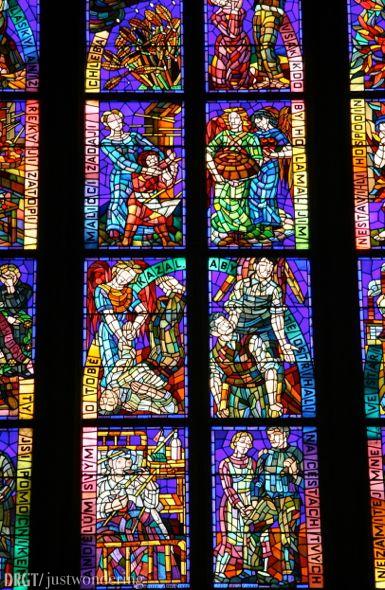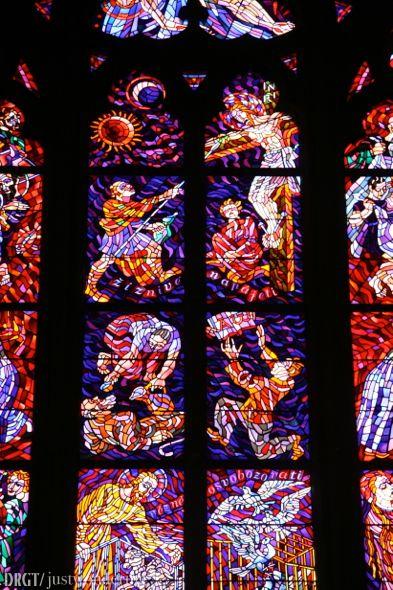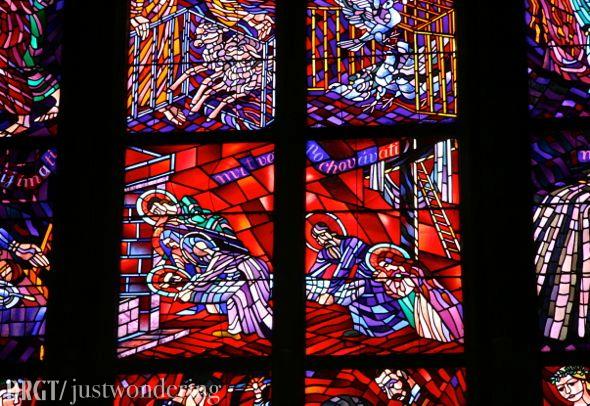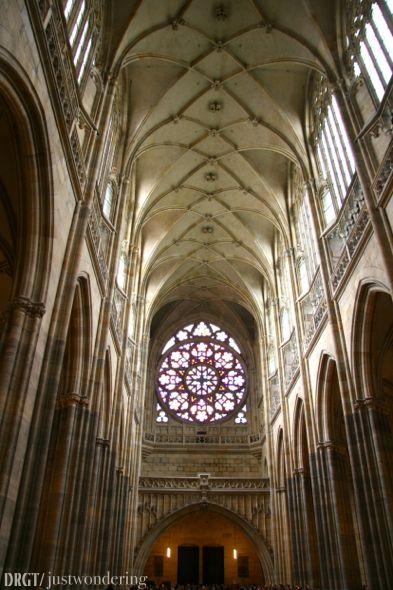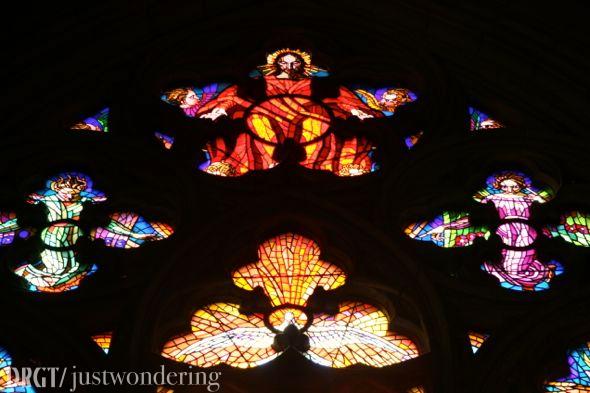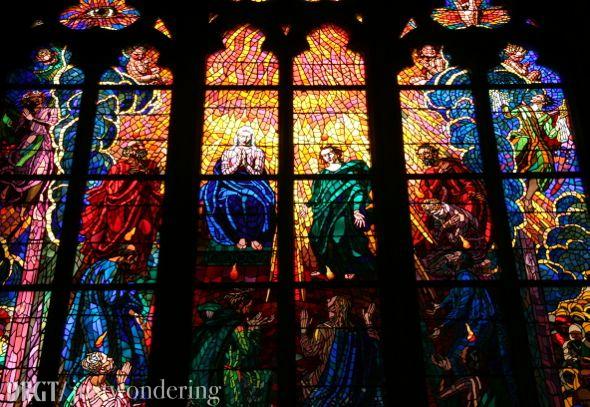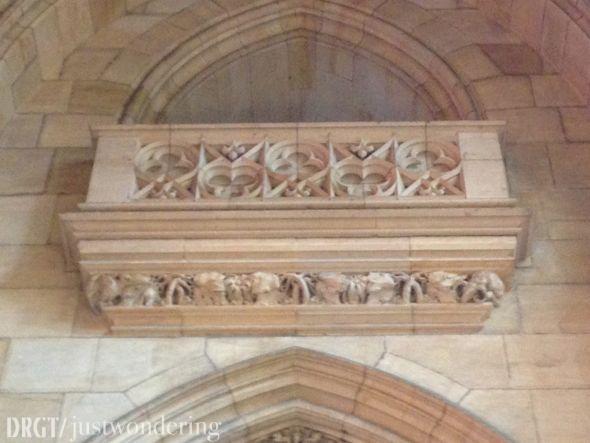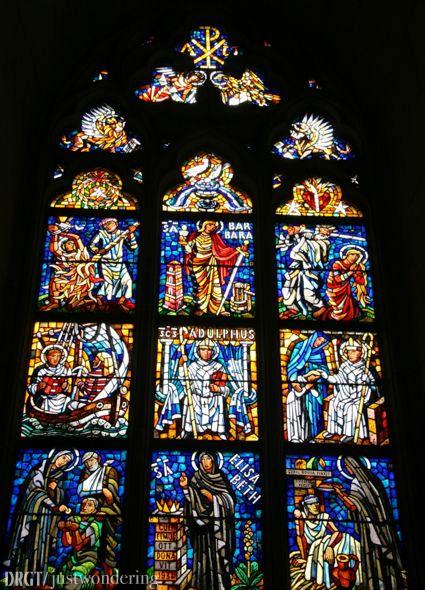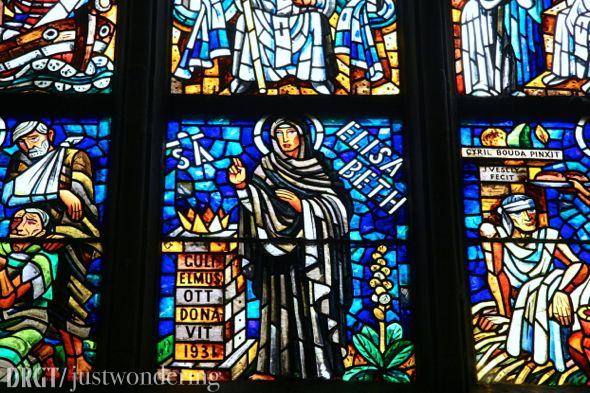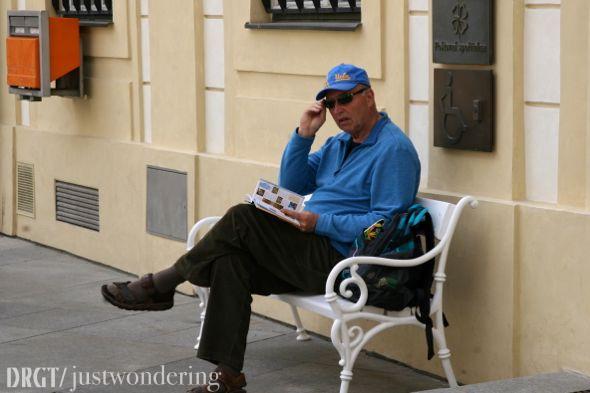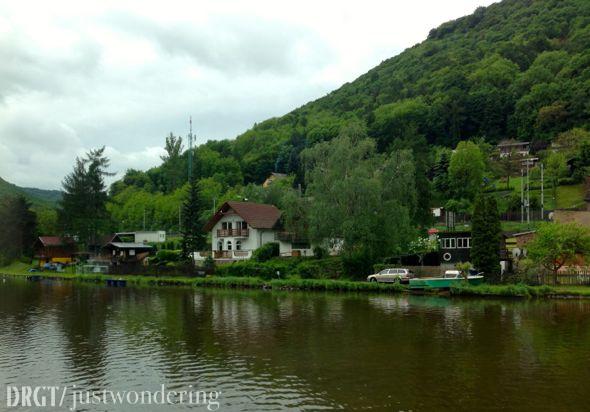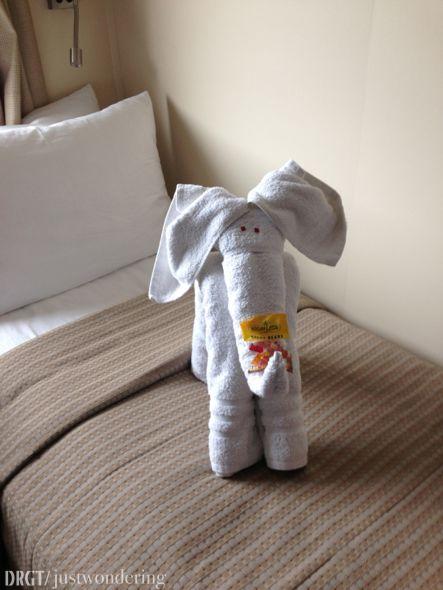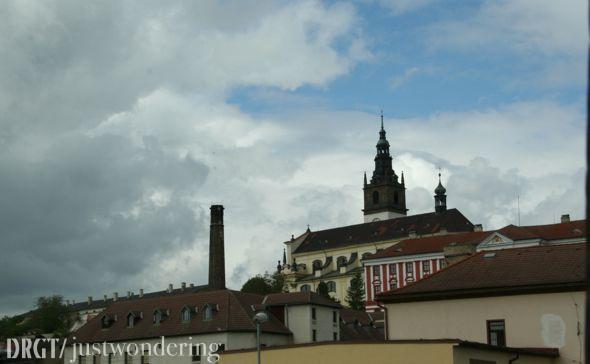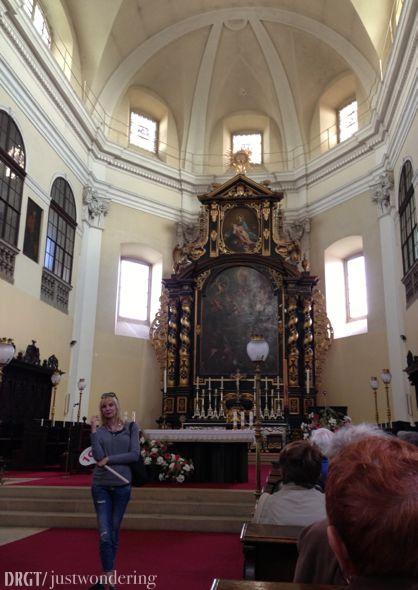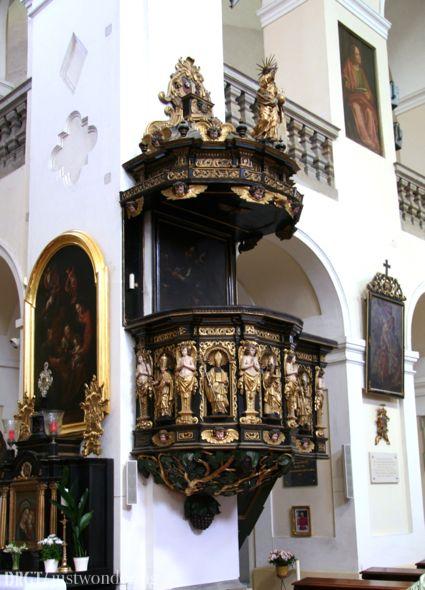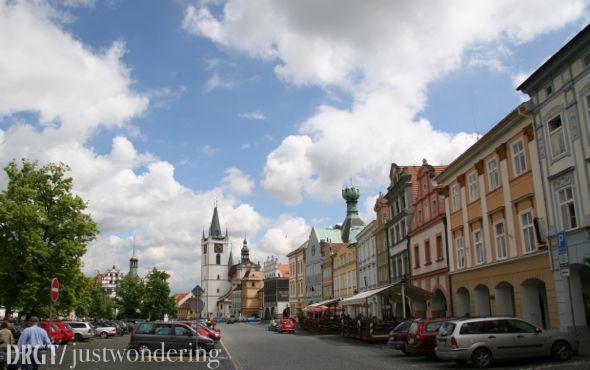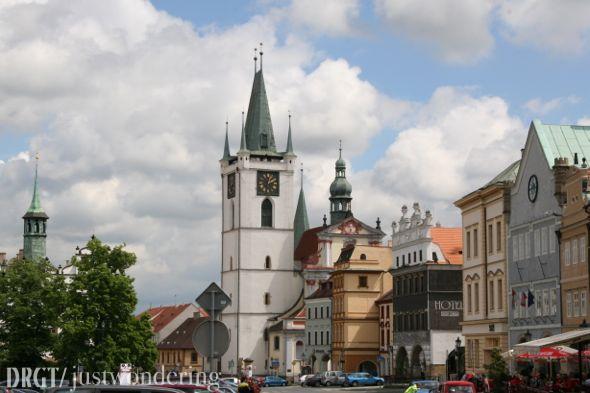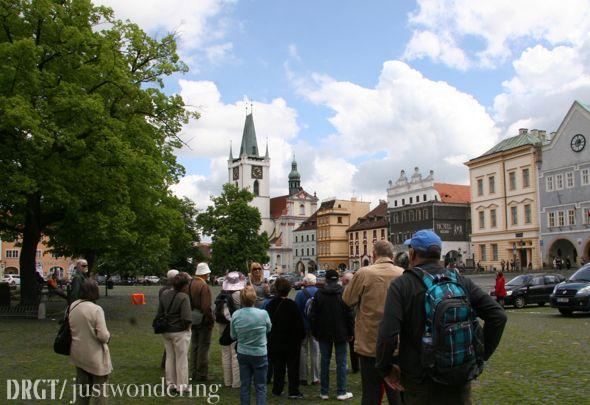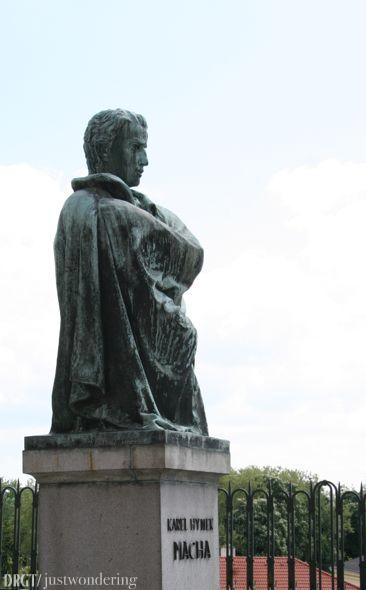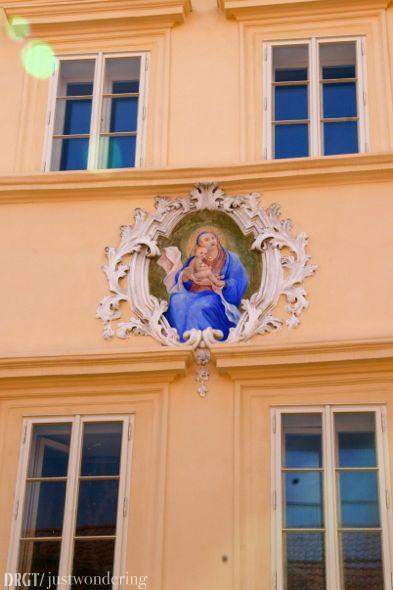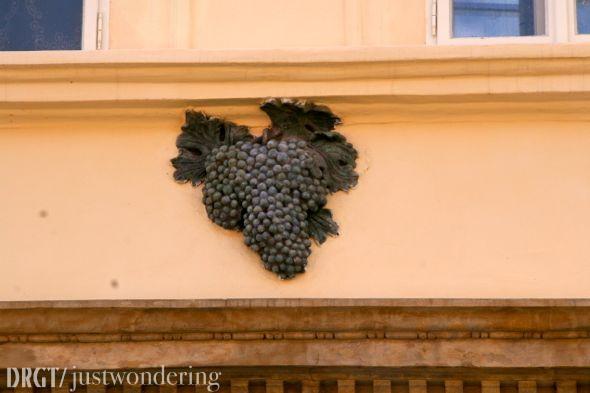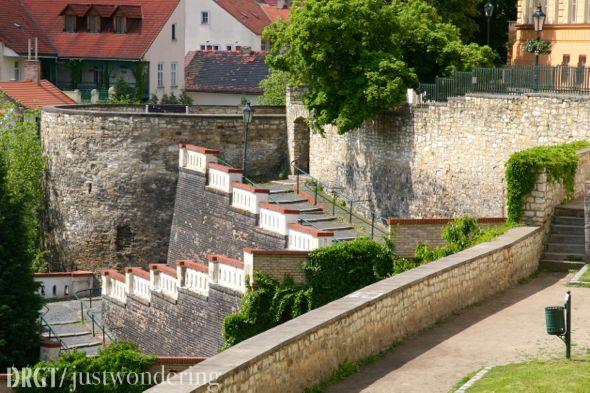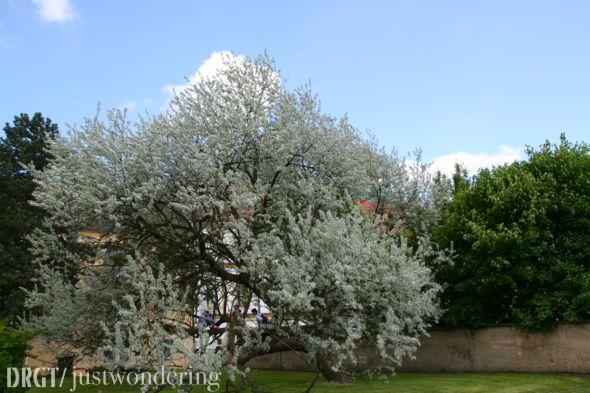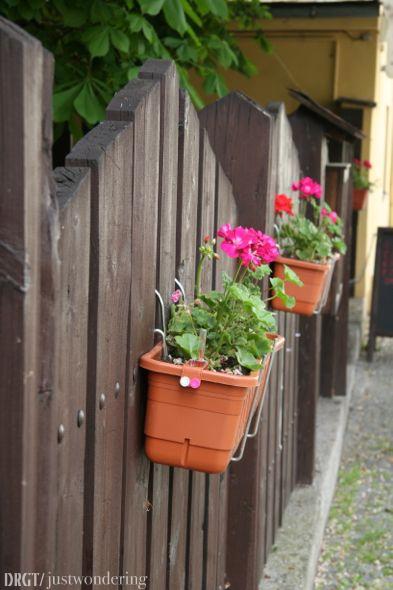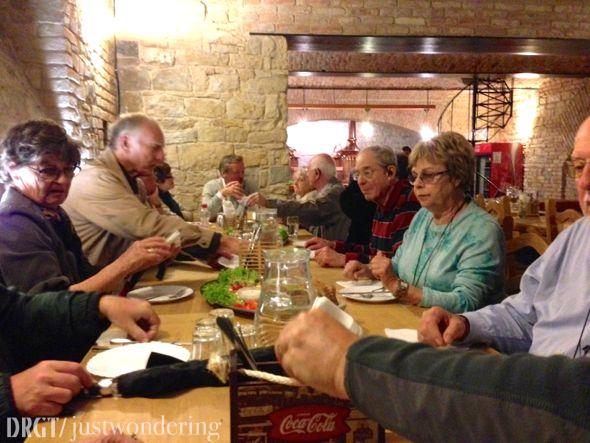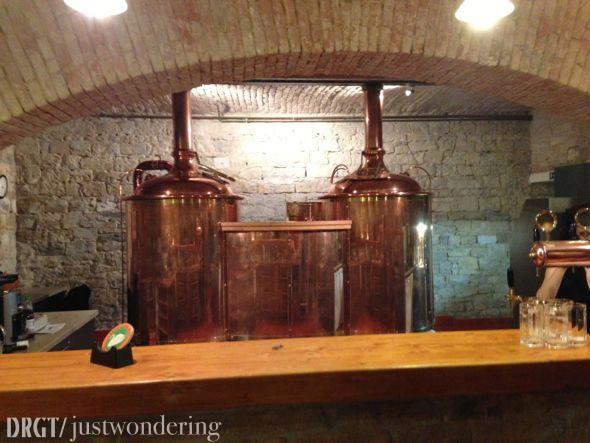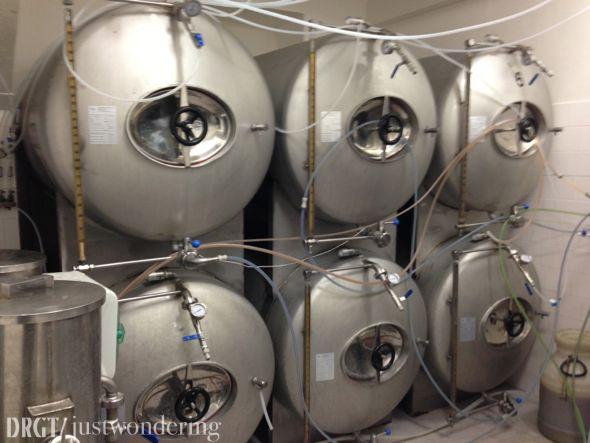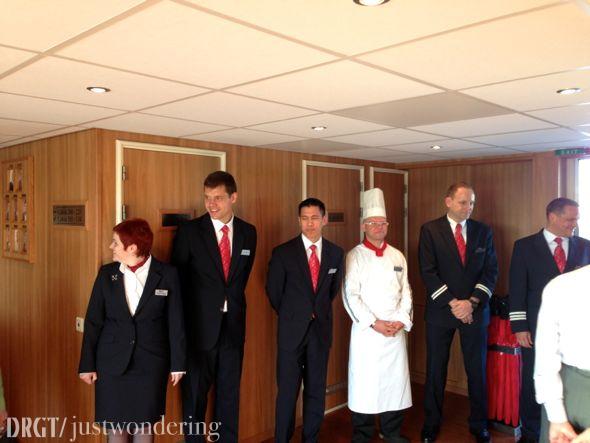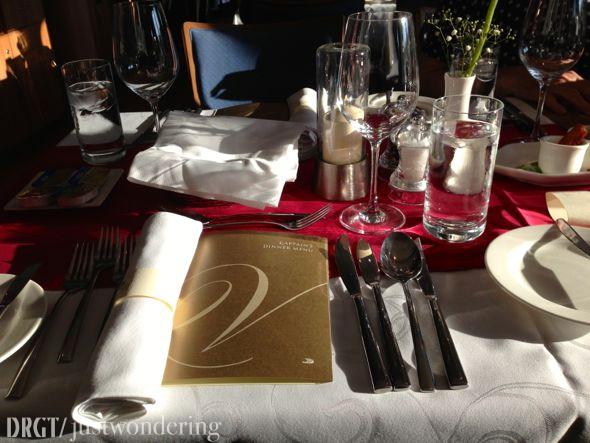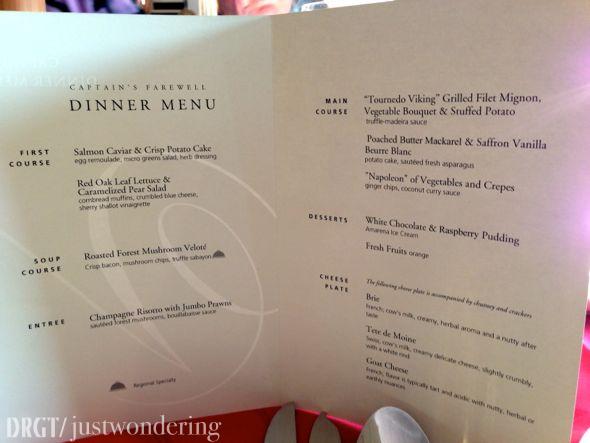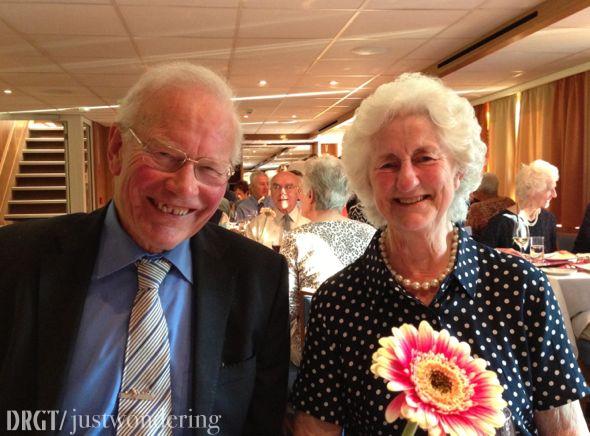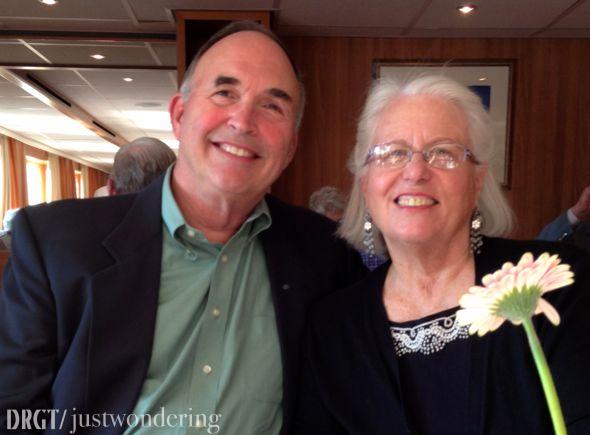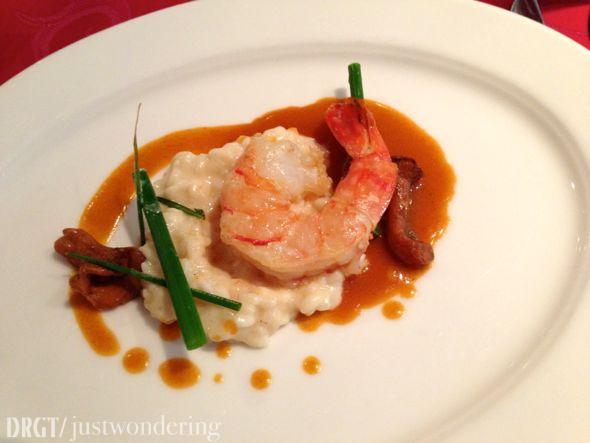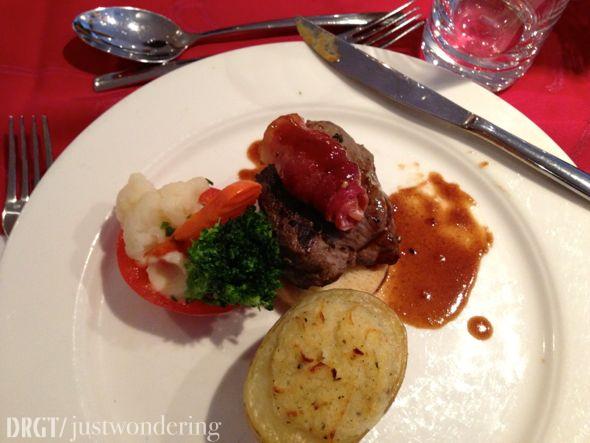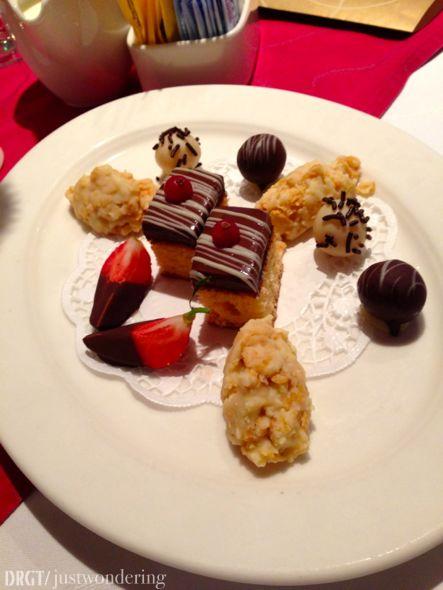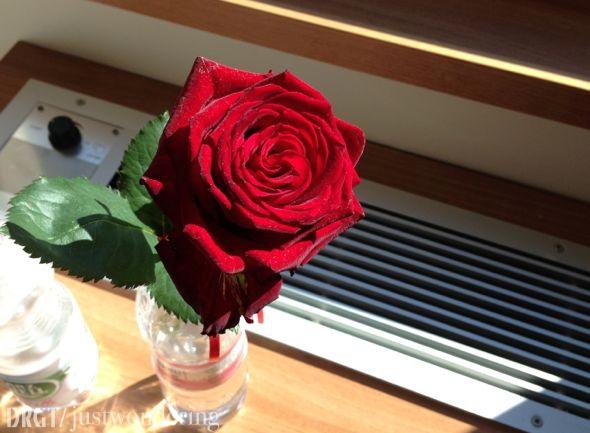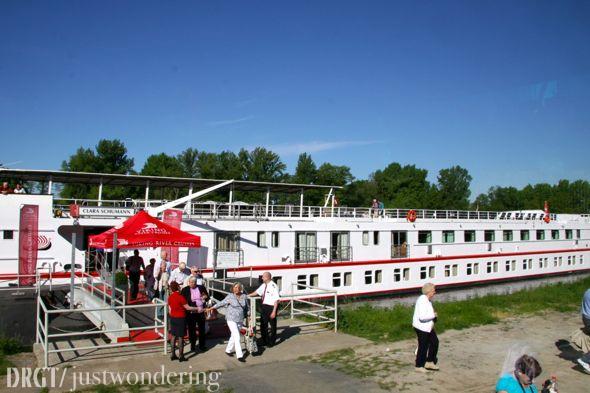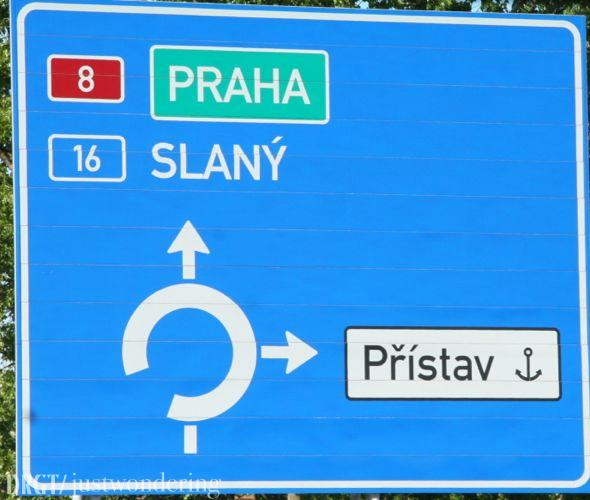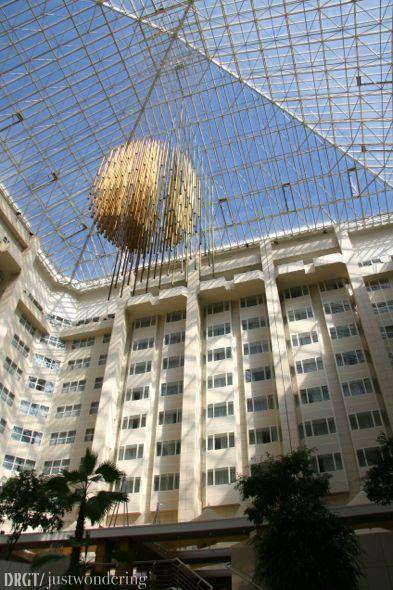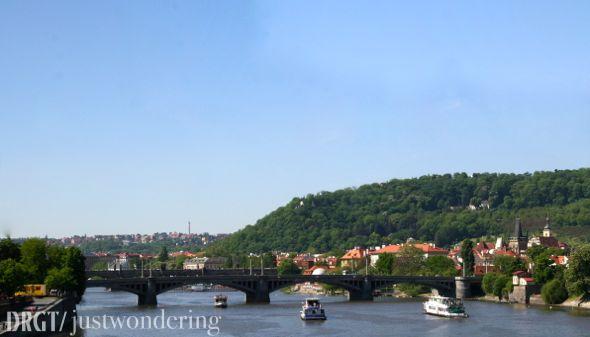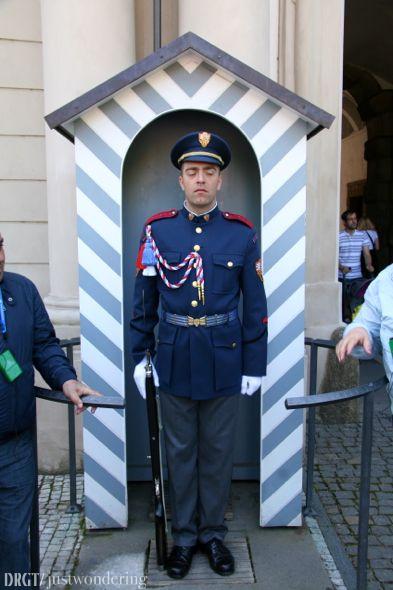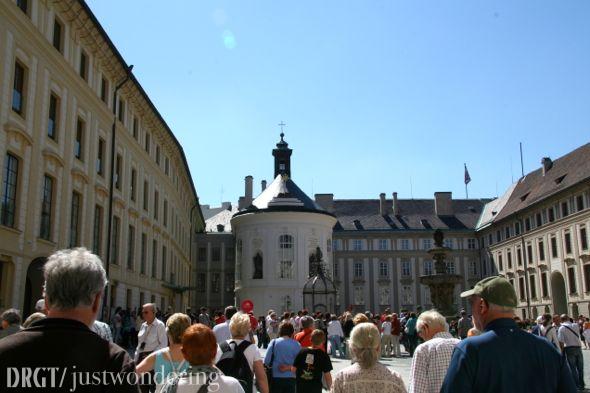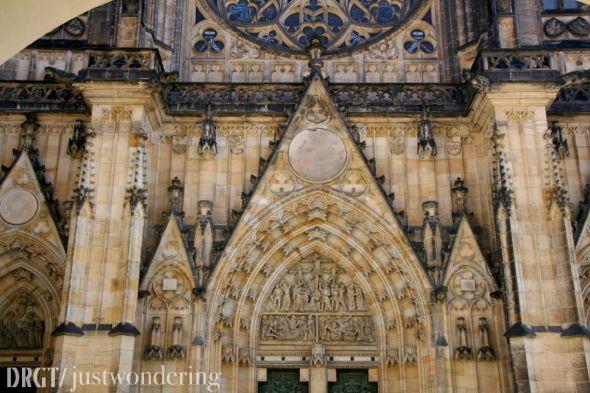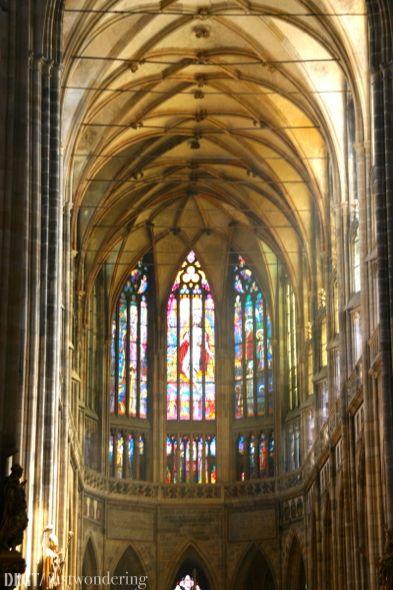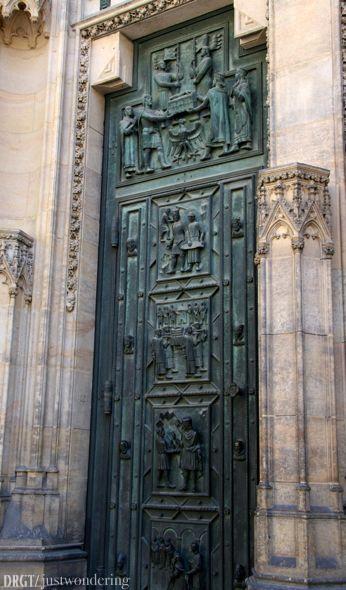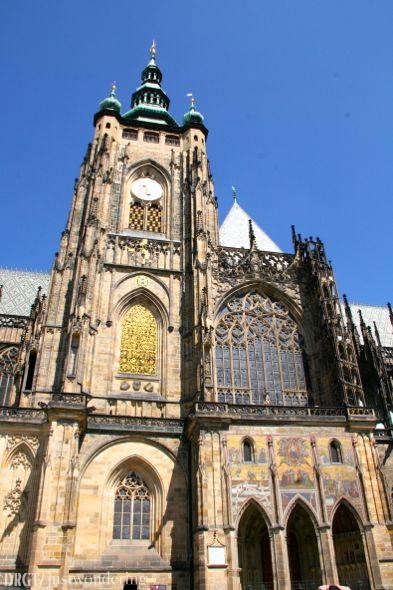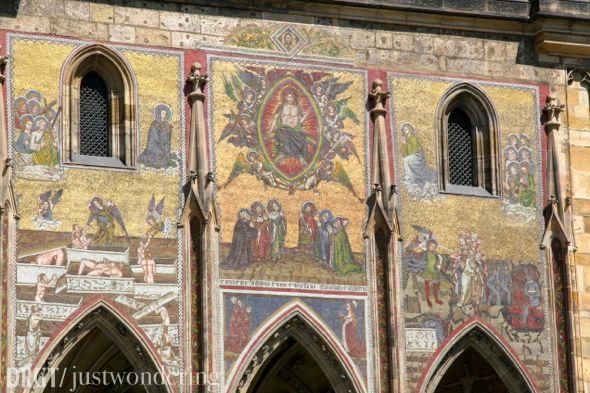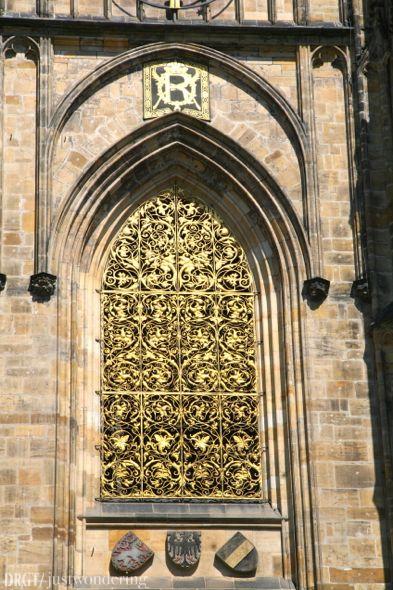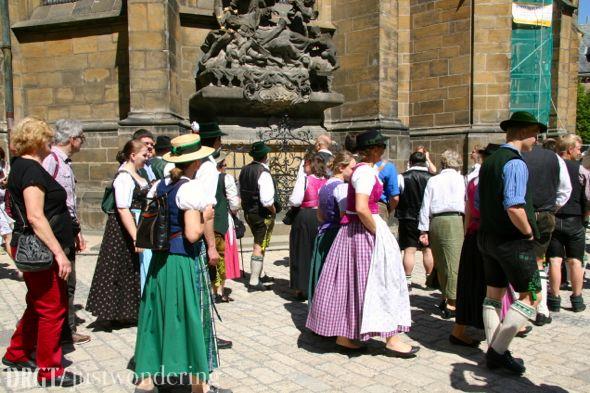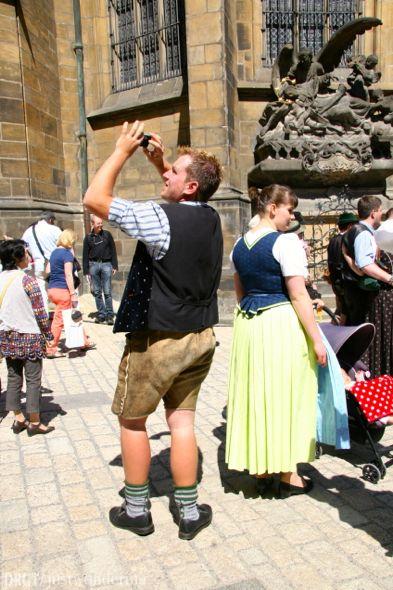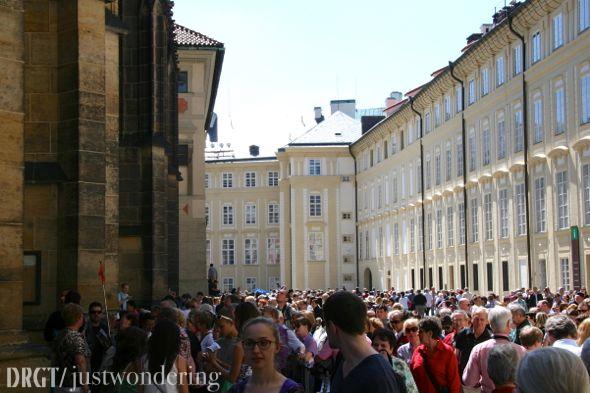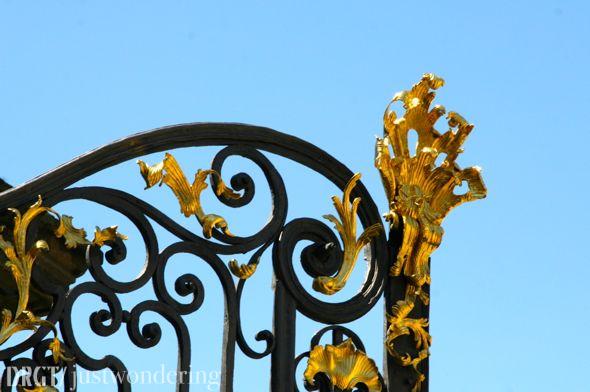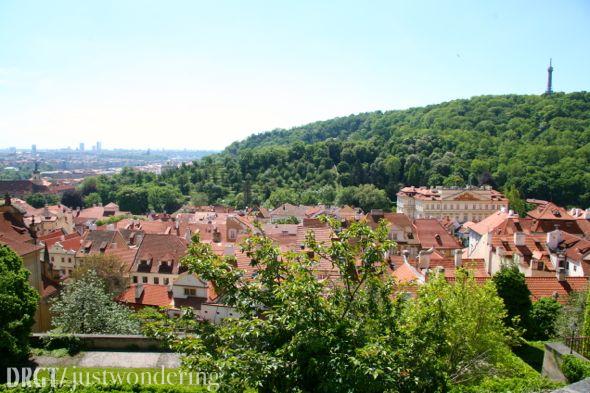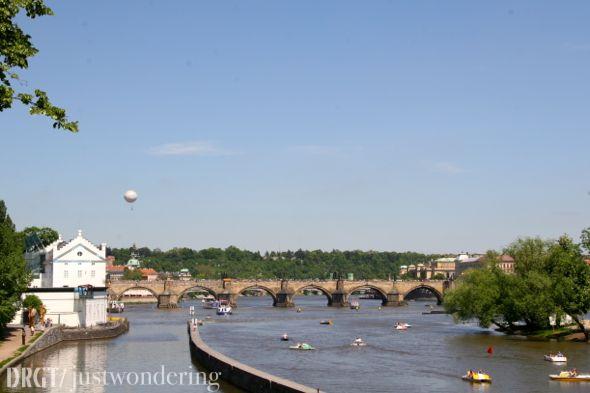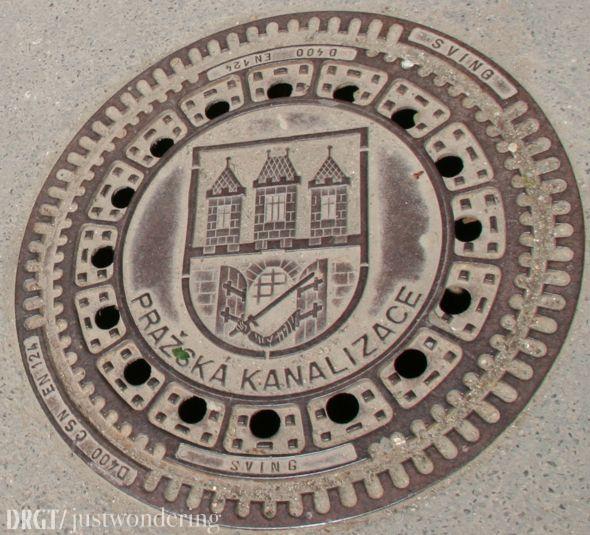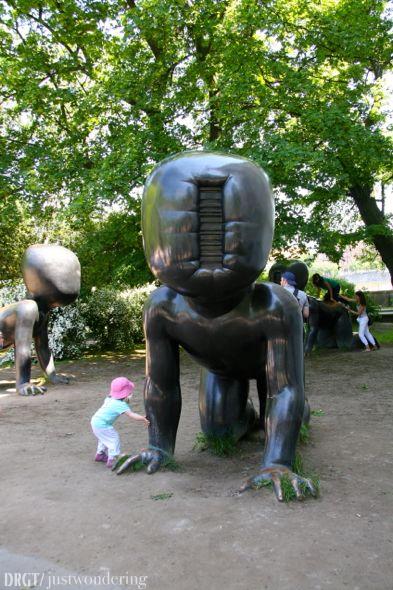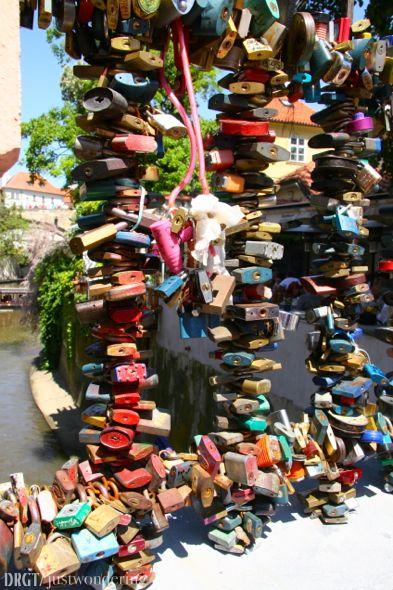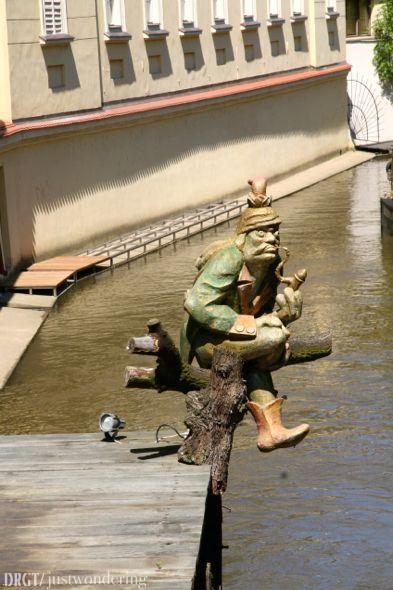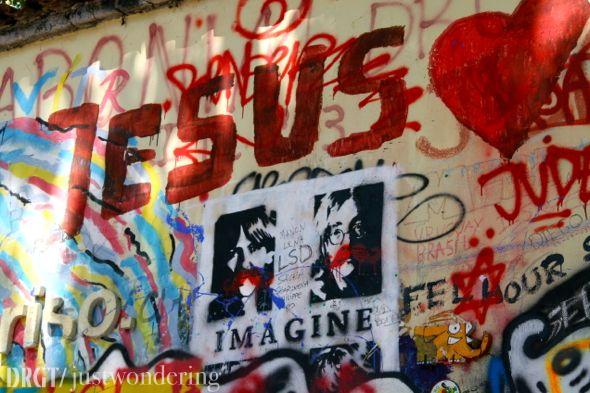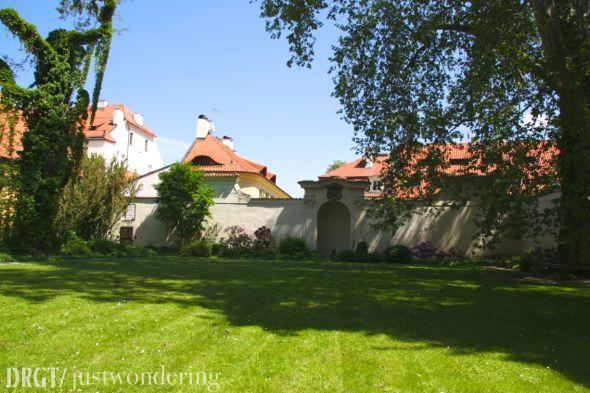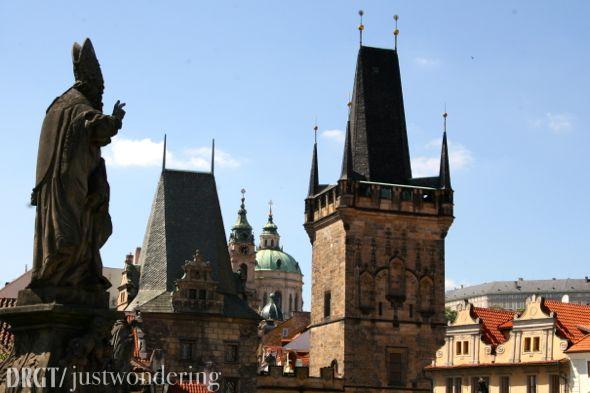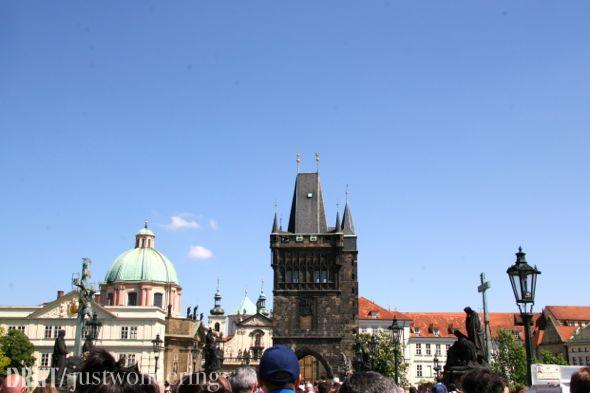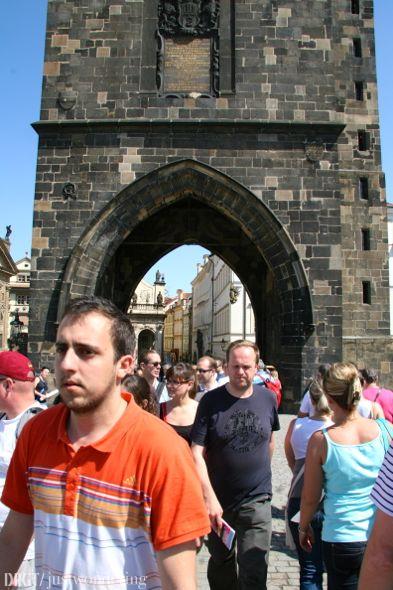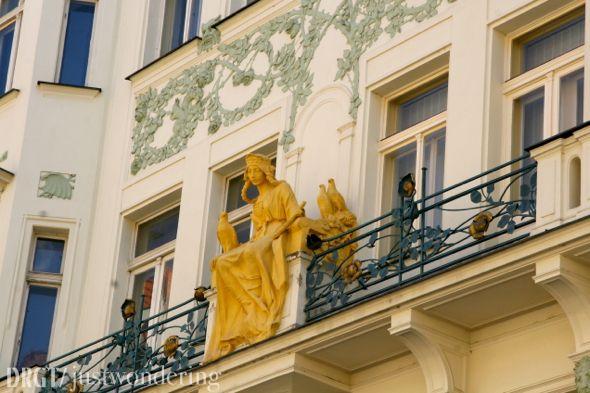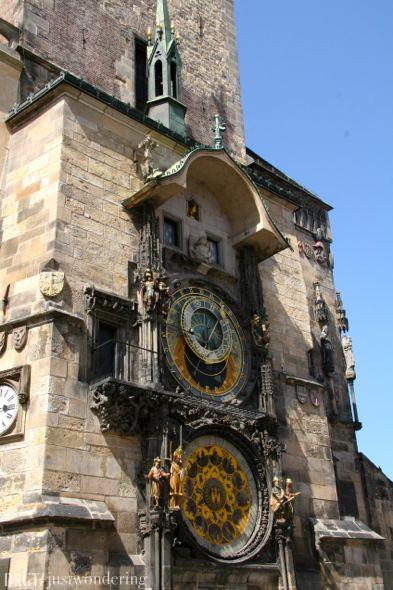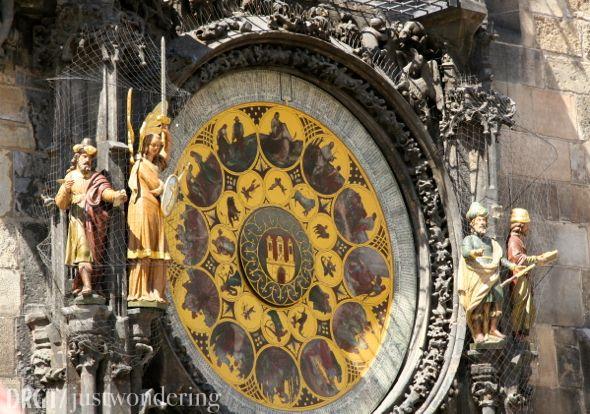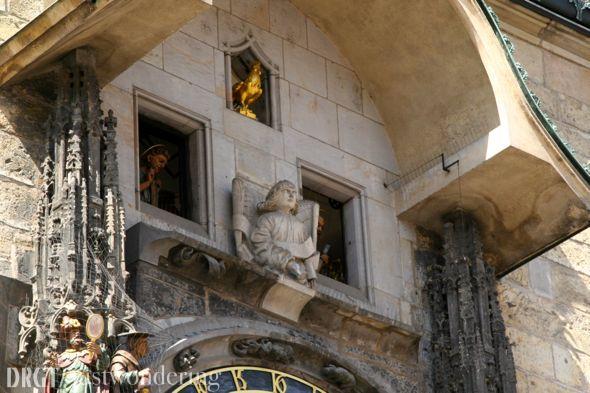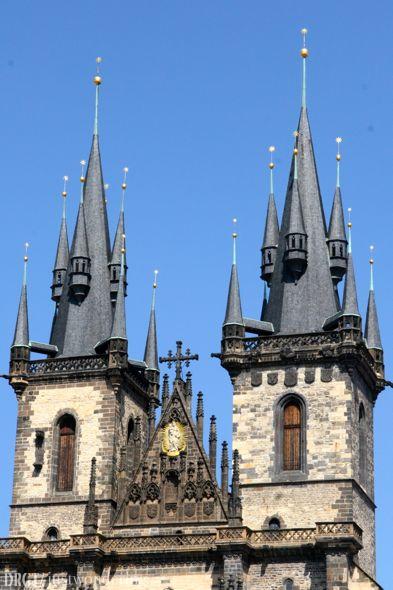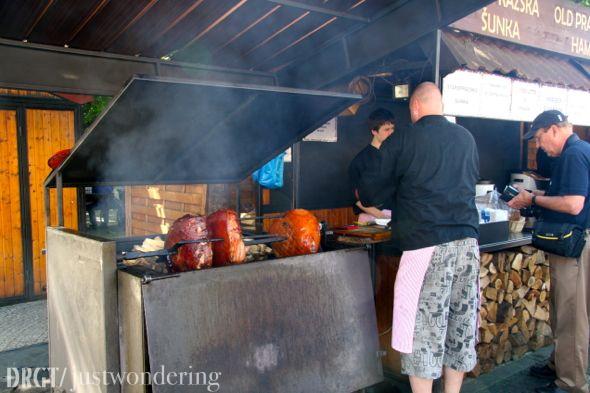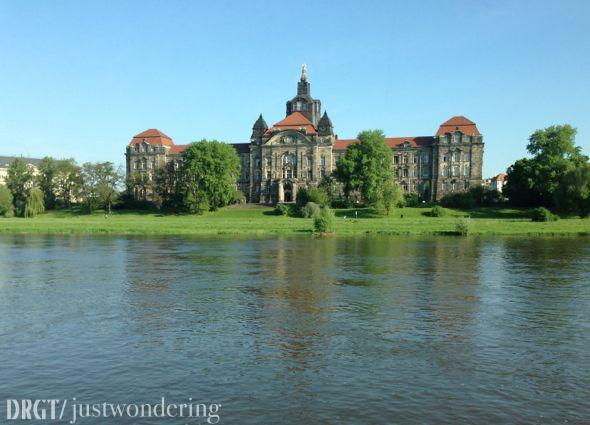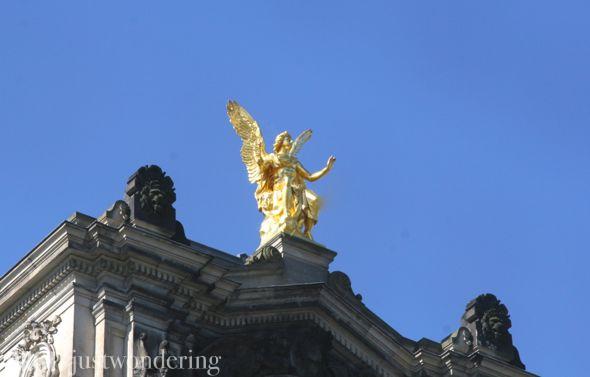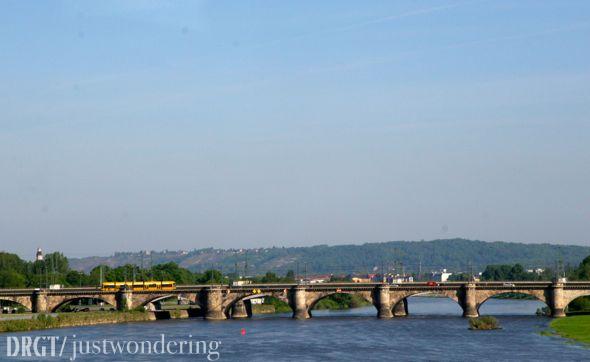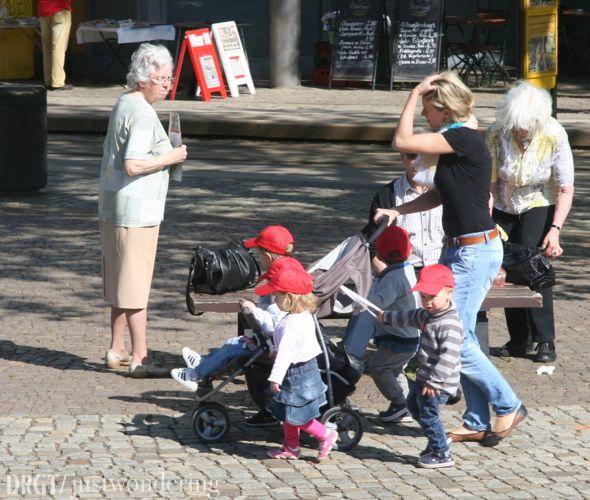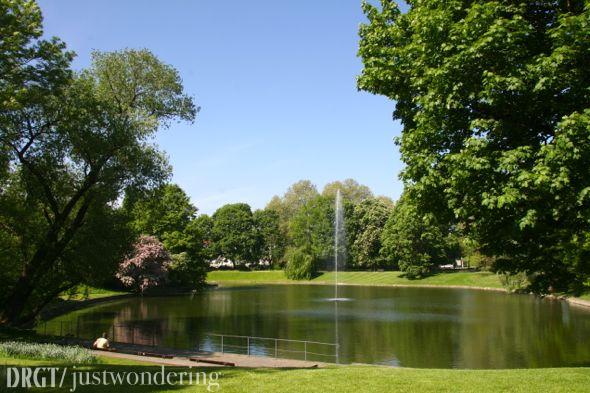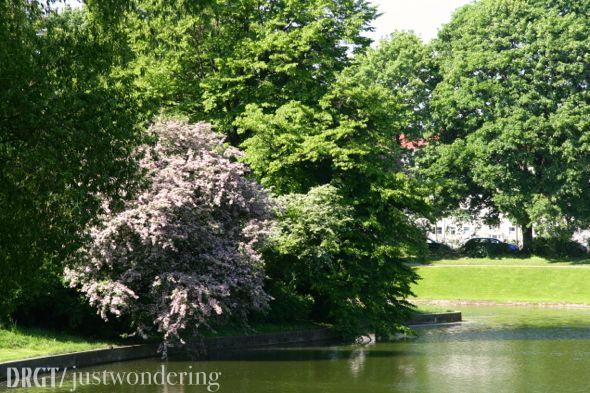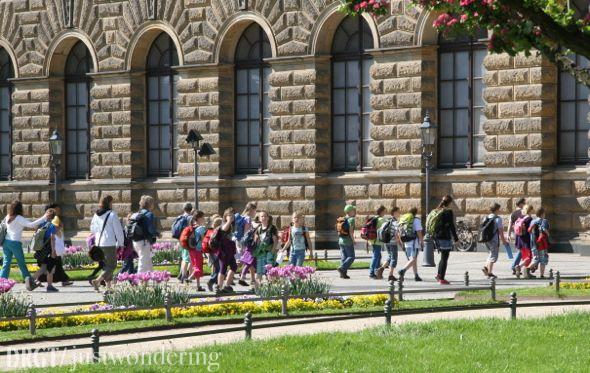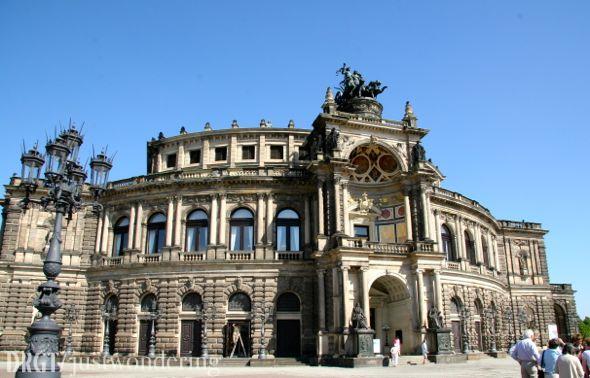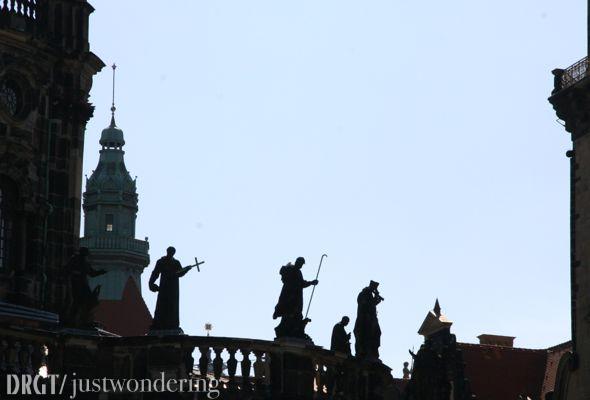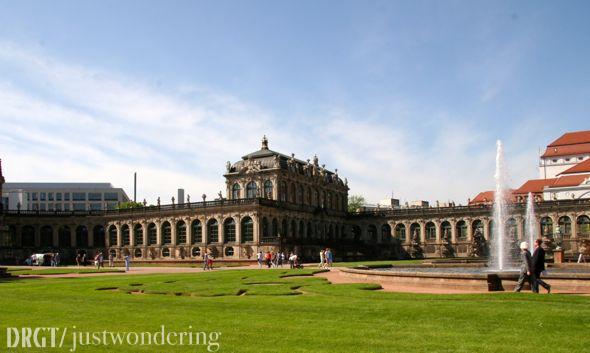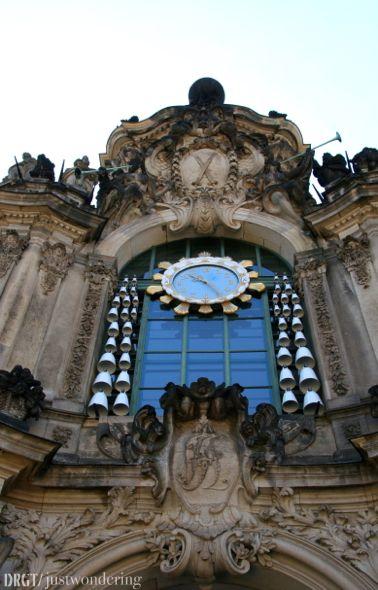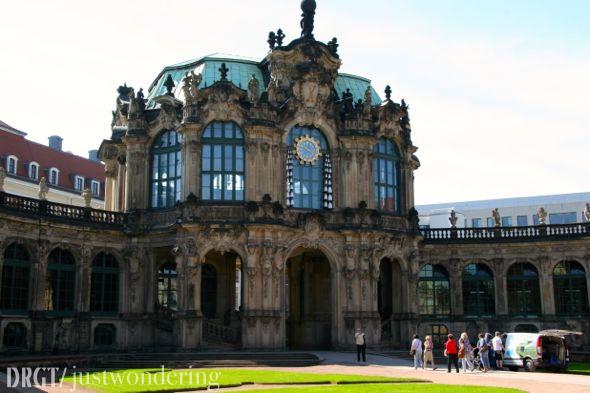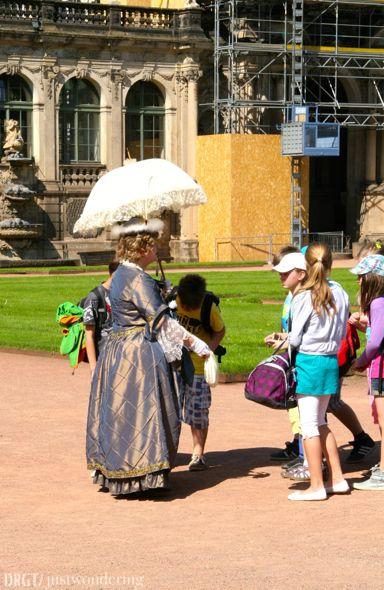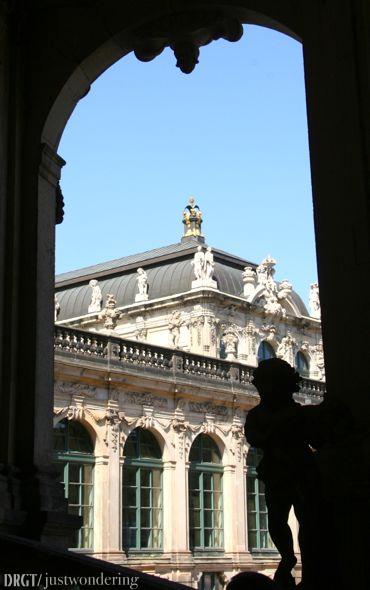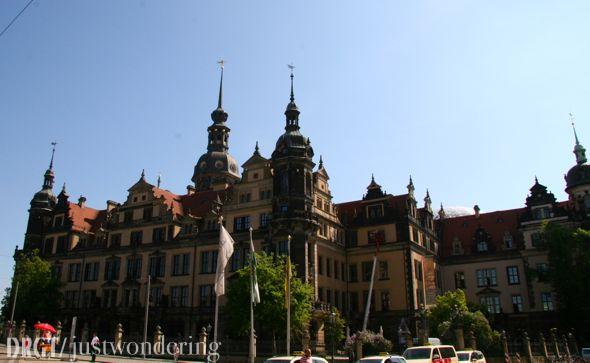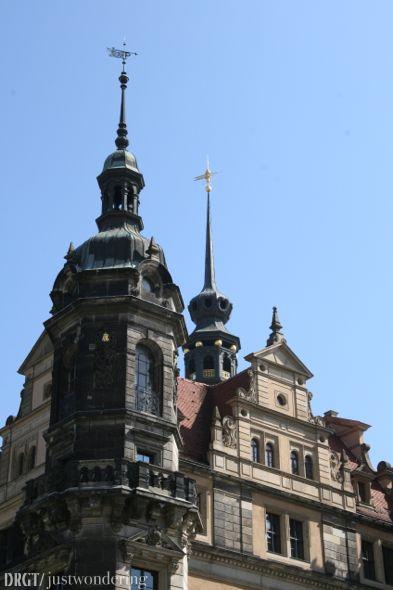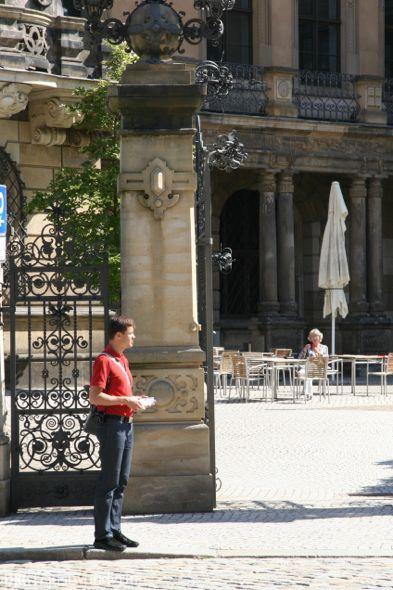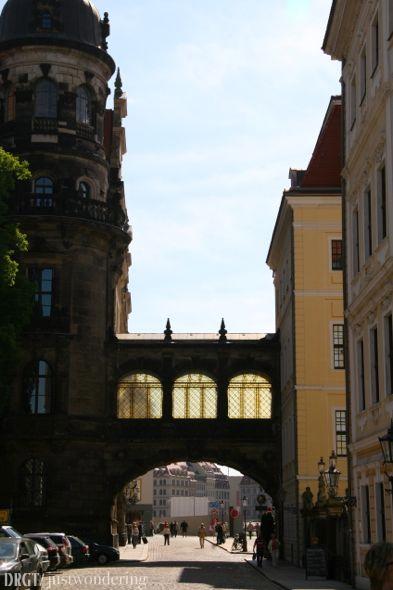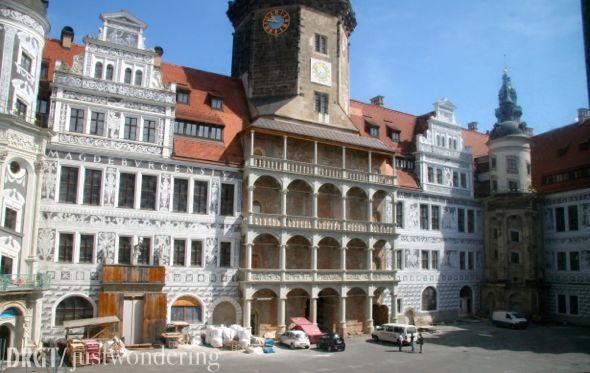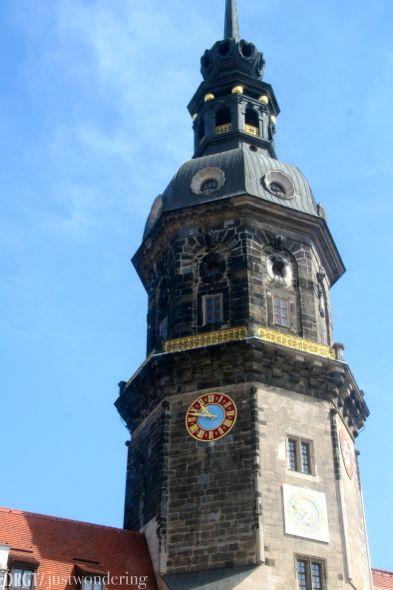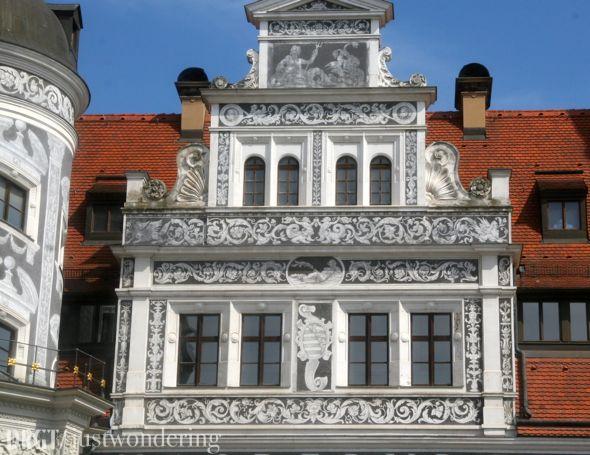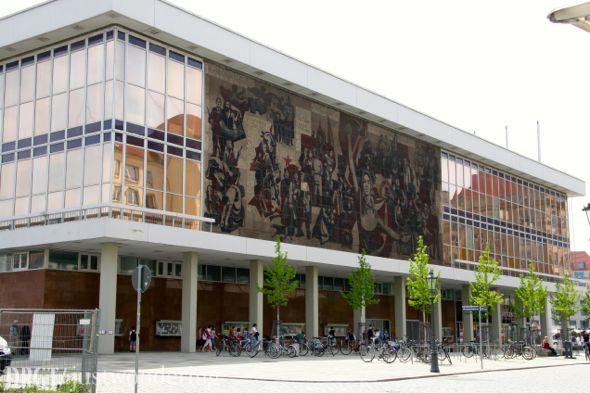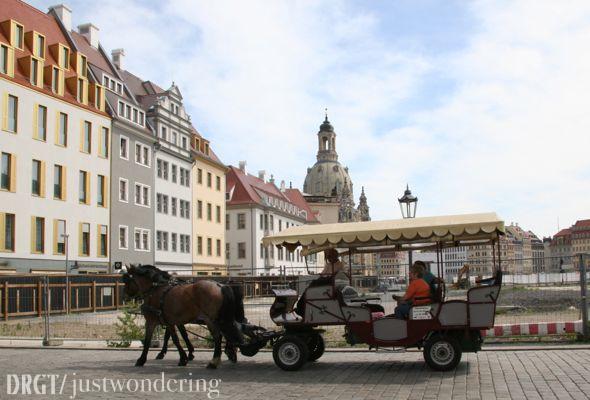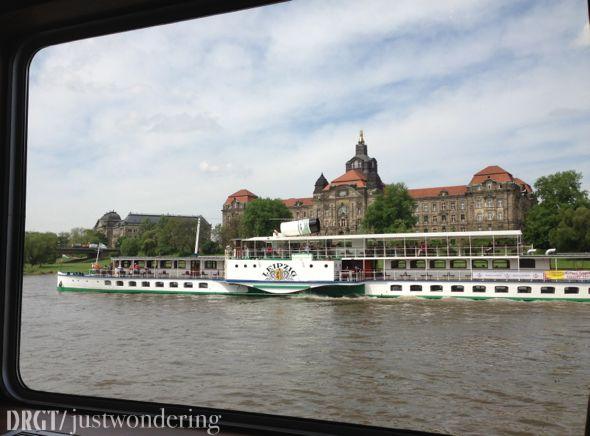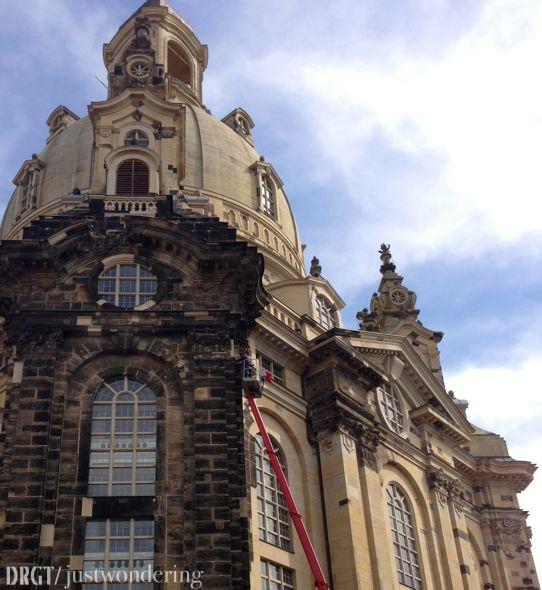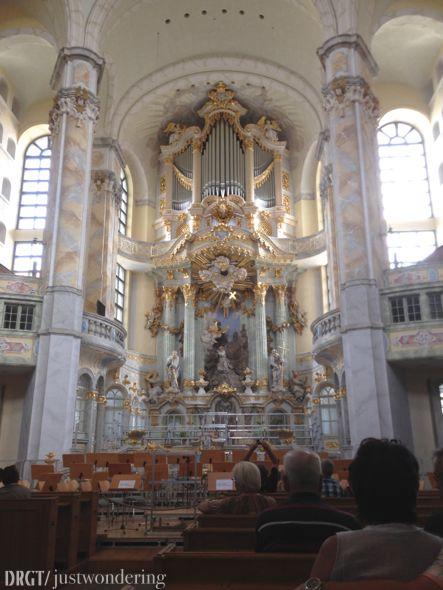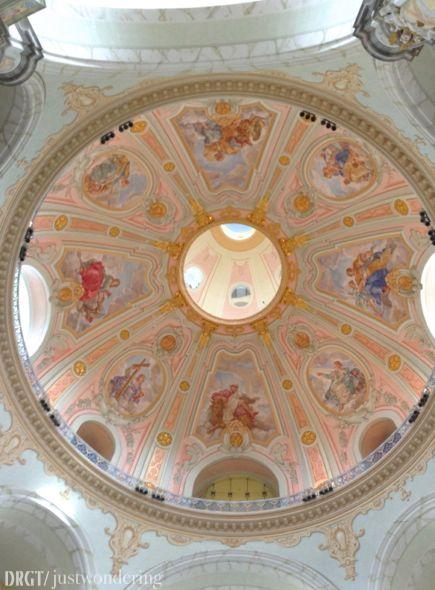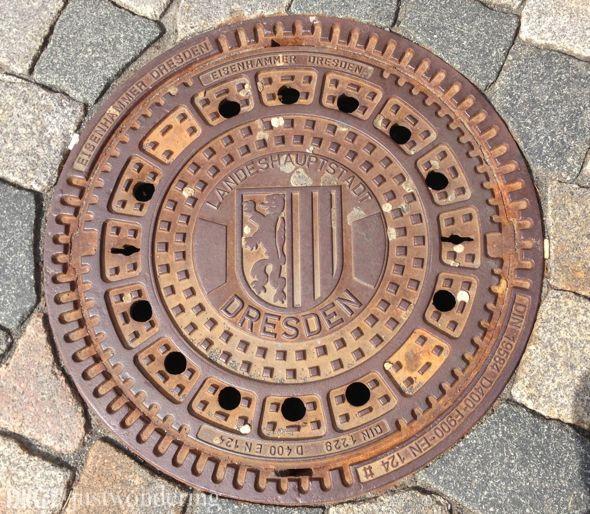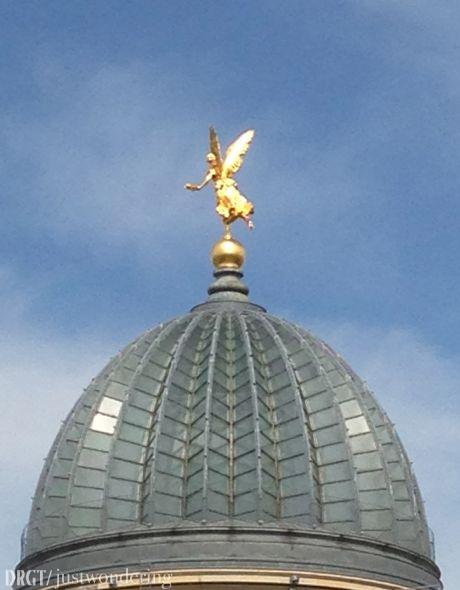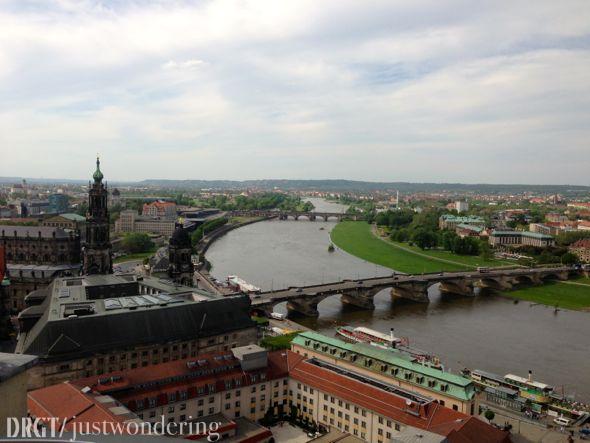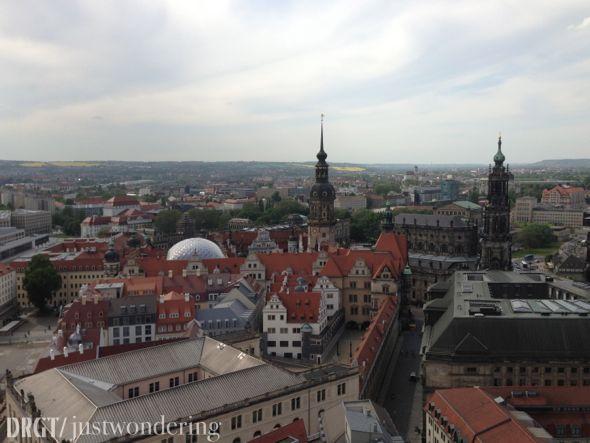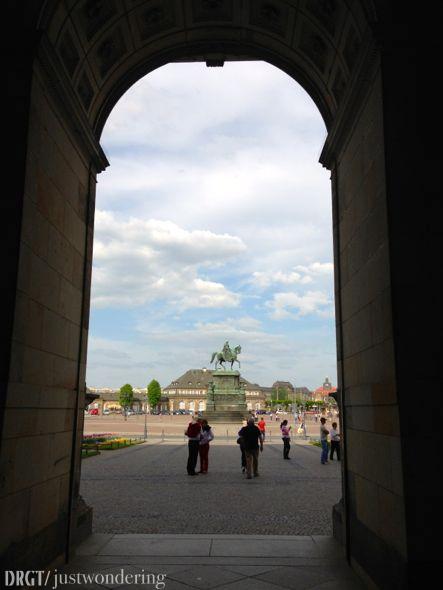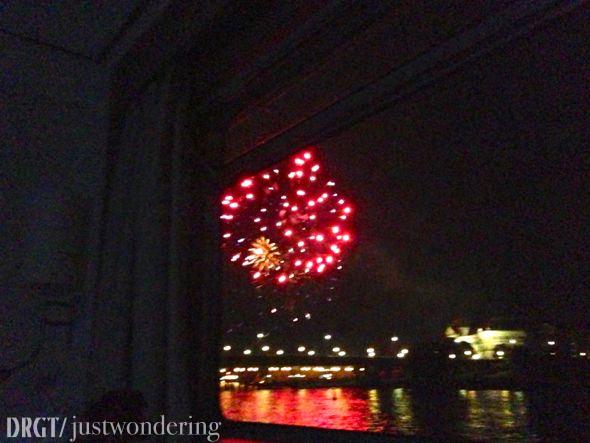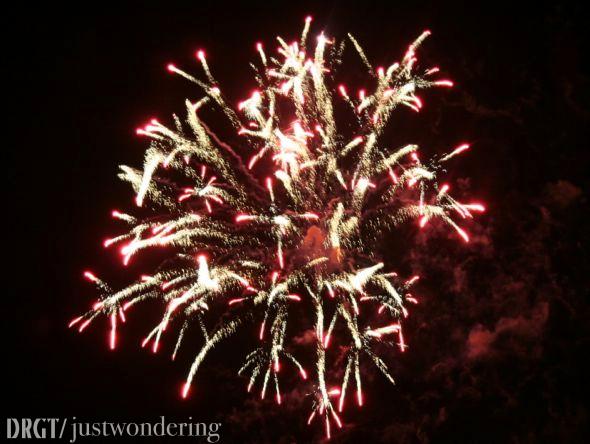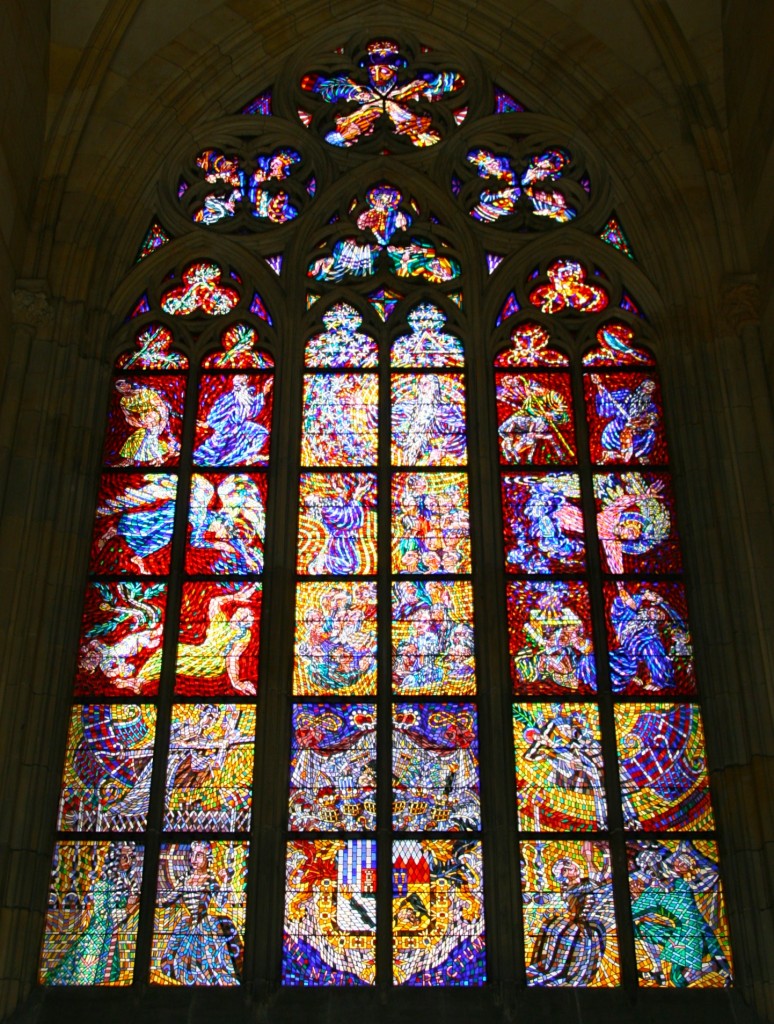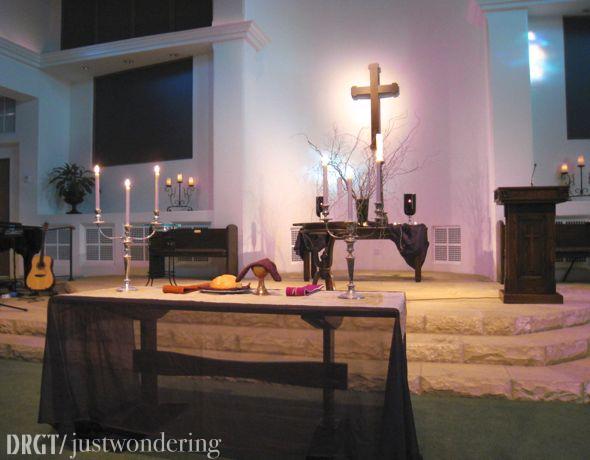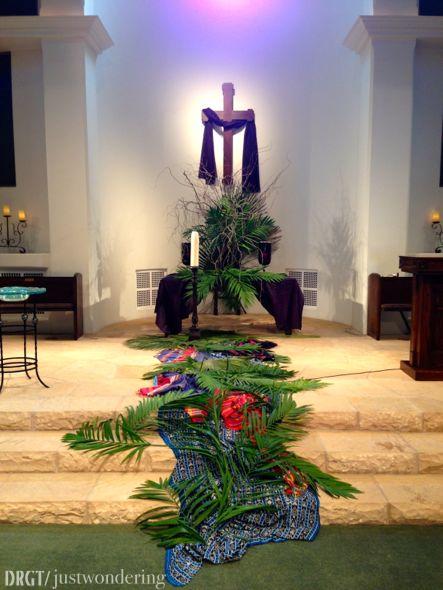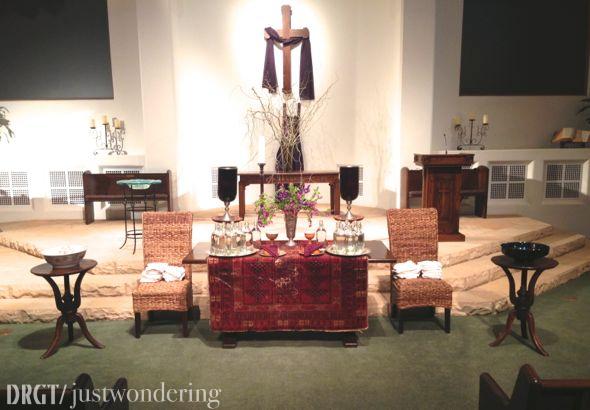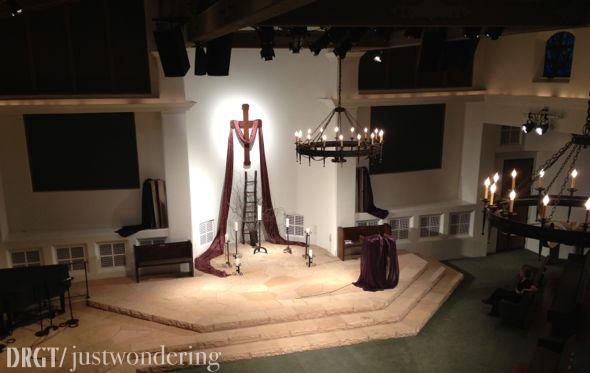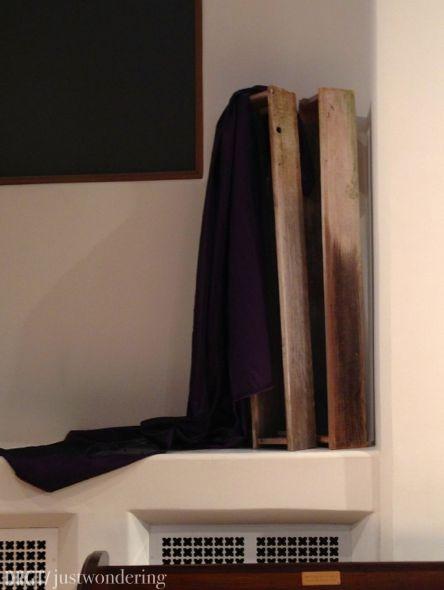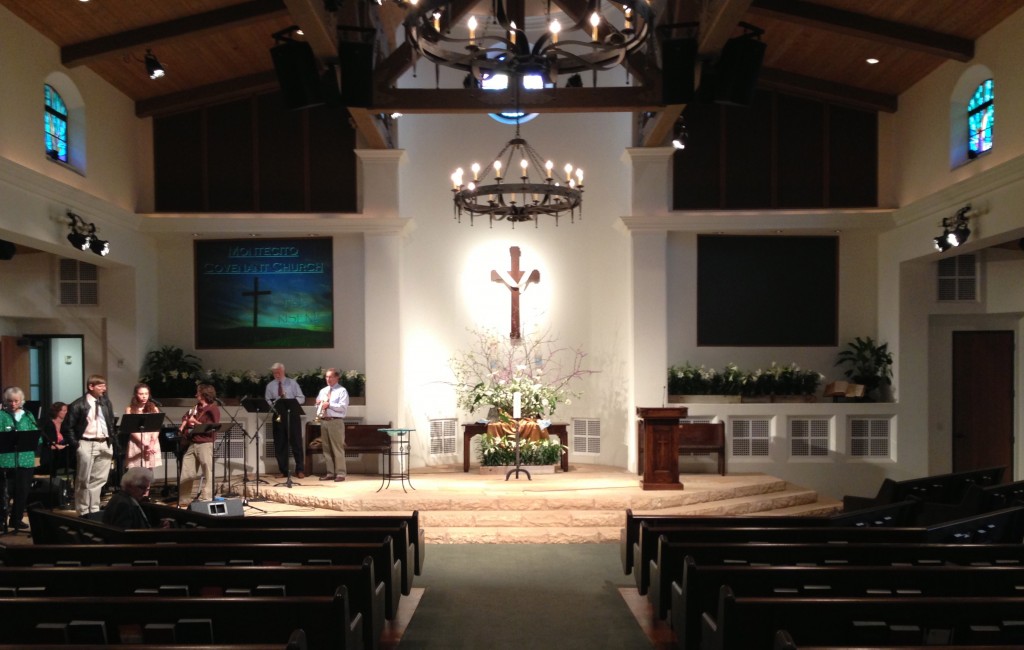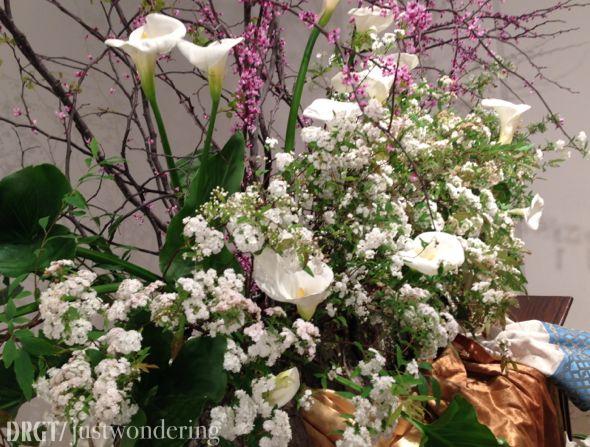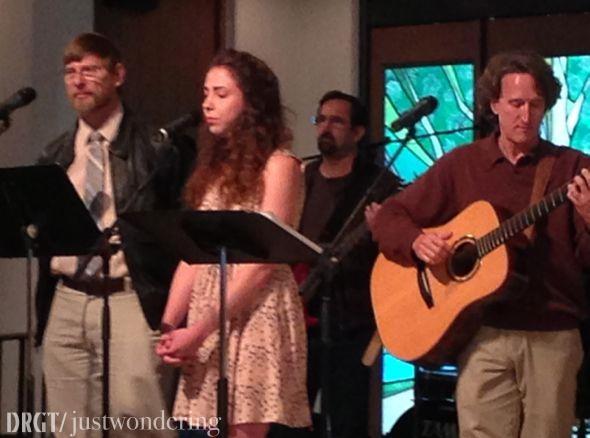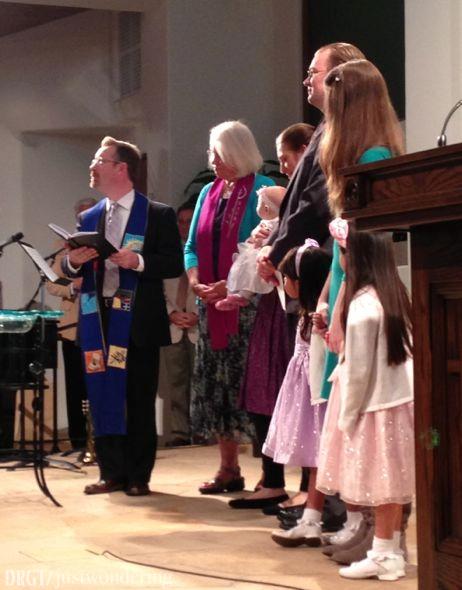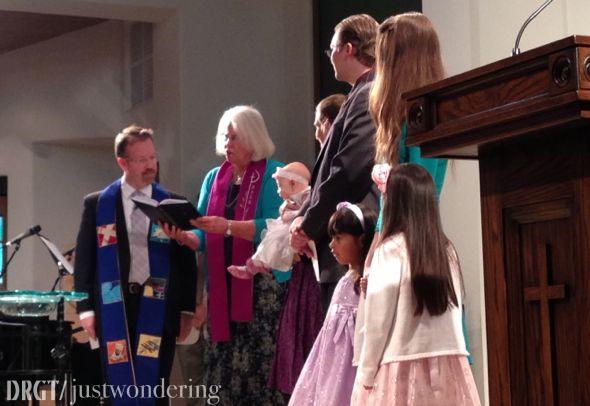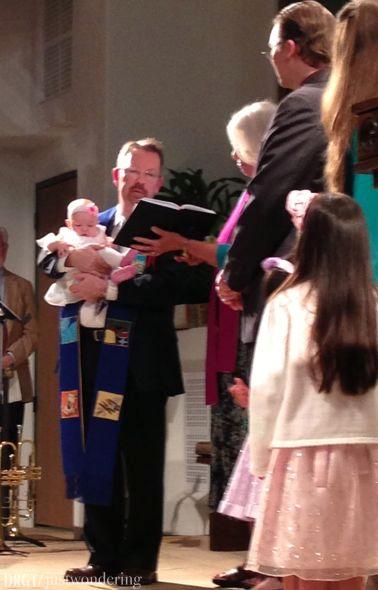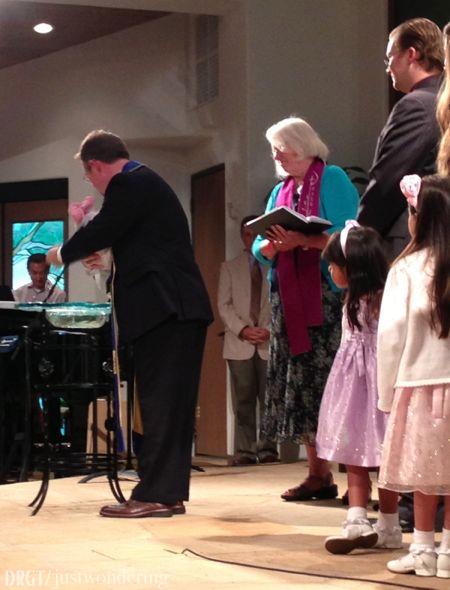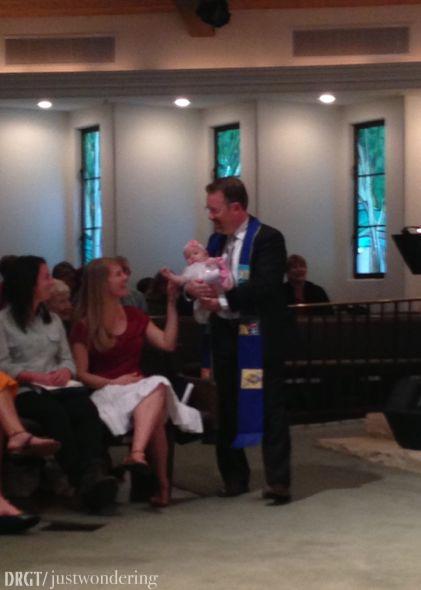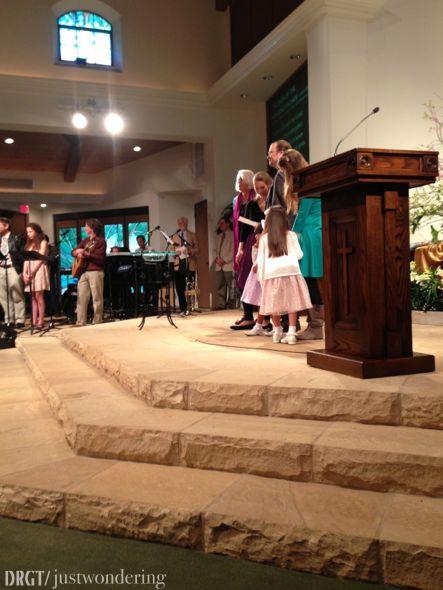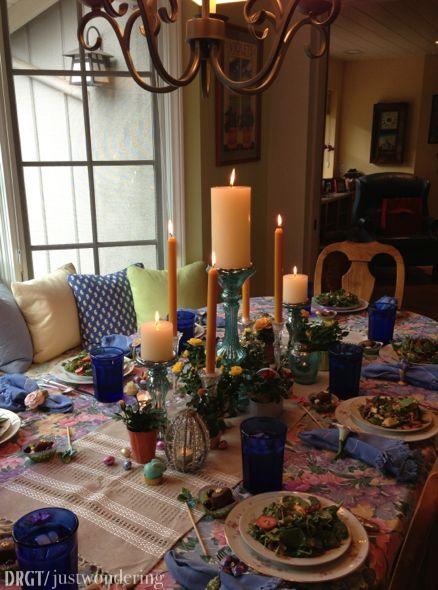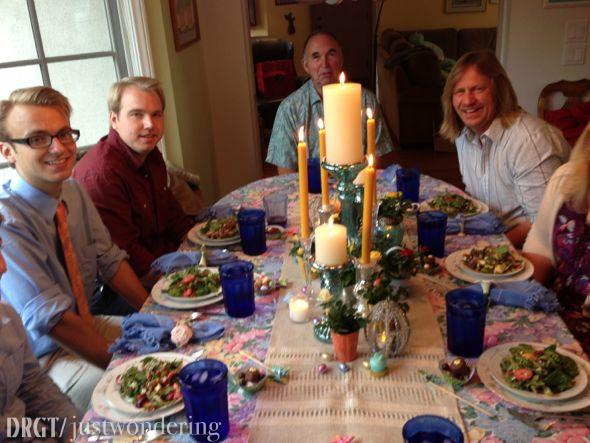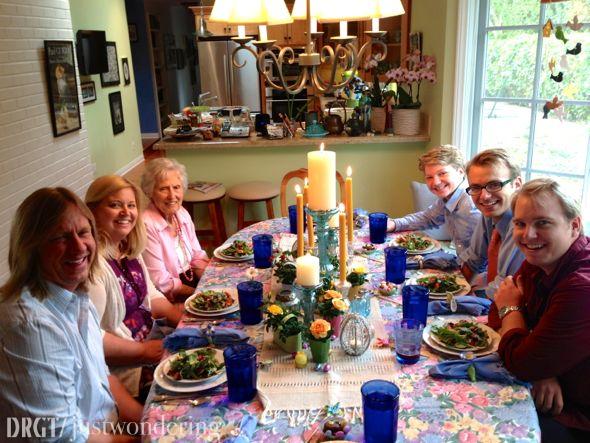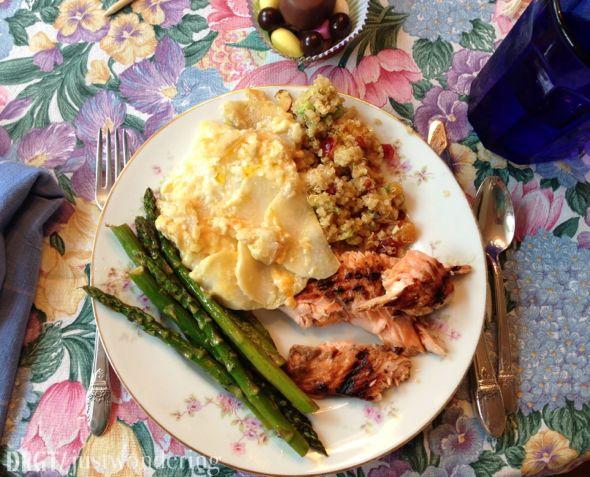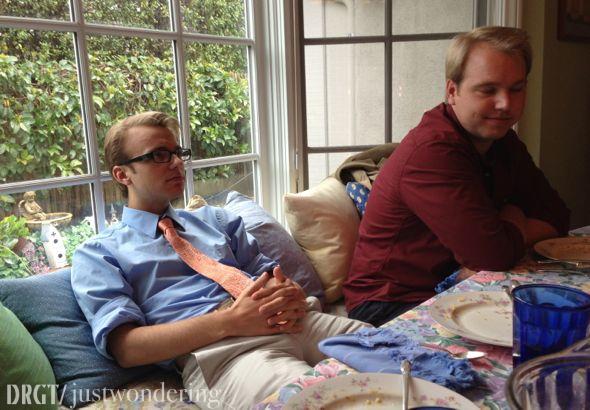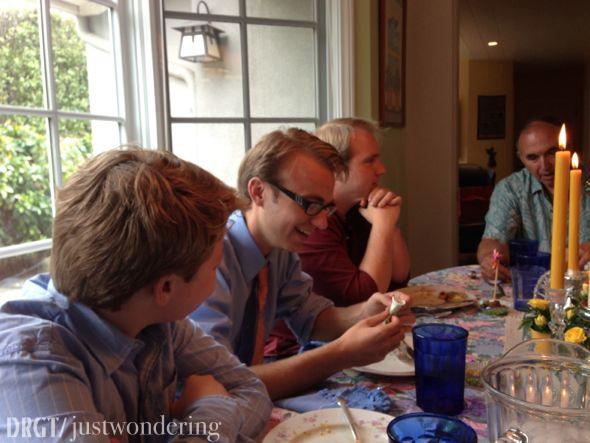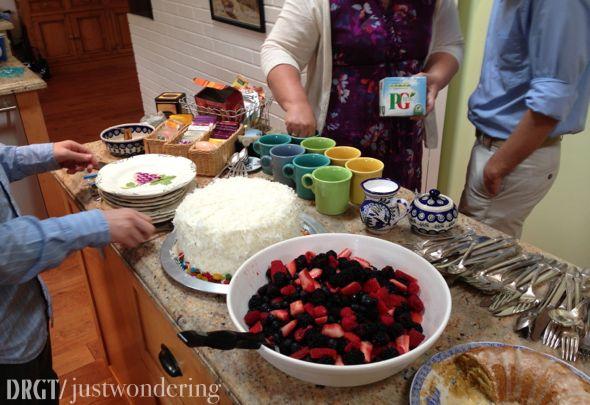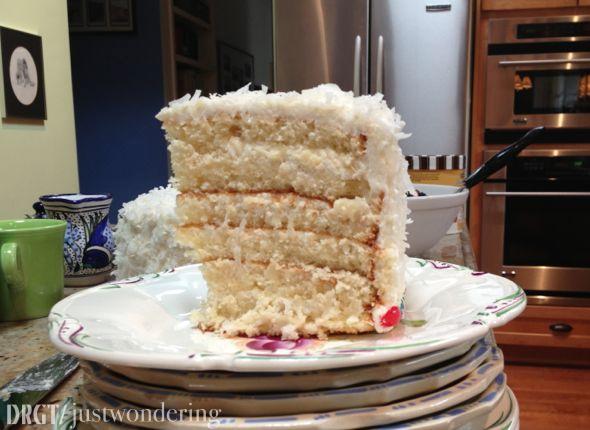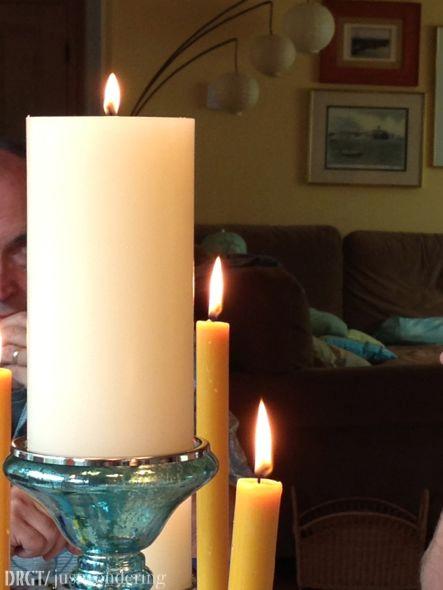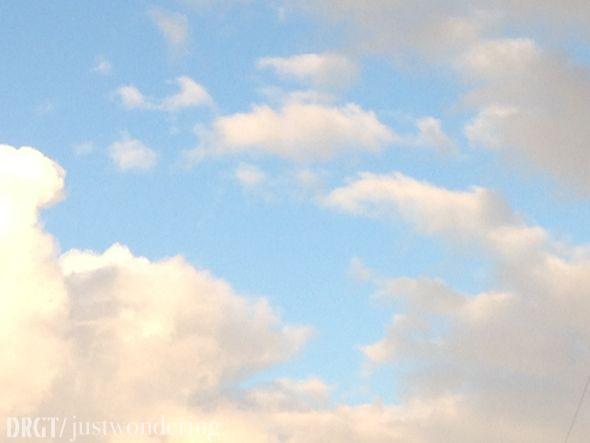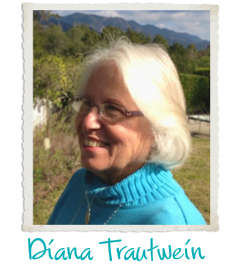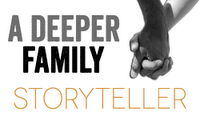My thanks to my good friend, Sherry Peterson, for this photo,
which she took as she was walking by us at The Samarkand. Sherry is lead chaplain there,
and mom told me she preached a powerful sermon this morning!
We take the walker everywhere now;
her balance isn’t what it once was,
and we all feel just a bit more secure,
knowing she’s got support when she walks.
On Wednesdays, I join her for lunch.
And while the weather is as glorious
as it is right now,
we’re choosing to eat that lunch outdoors.
There’s a small cafe near the community swimming pool.
Sandwiches, salads, occasionally soup
and a hot choice.
And a small freezer full of ice cream delights.
We don our pink hats, steer that walker towards the outdoors,
and wend our way over to the beautiful place,
the space where the sun shines and the breezes blow,
where we can talk if we wish,
or just sit and enjoy the distant mountain view.
We share a bottled Diet Coke
and laugh about the tickle-fizz of it,
and the sharp taste as it slides down our throats.
She always asks how my kids are doing.
Always.
And I say, “They’re doing just fine, Mom. Just fine.”
Conversation is harder to come by these days,
but we are relaxed about it.
She often surprises me with a small joke,
usually one that is self-deprecating.
We both laugh.
Sometimes, she seems aware of things
happening outside her increasingly small world.
We’ll touch on it gently,
and then she’ll say,
“Well, if they’d only ask us,
we could solve all the world’s problems, couldn’t we?”
That was a favorite line between us for years,
a sentiment that one or the other of us offered
whenever we spent any time lamenting
the current state of affairs in the world.
Somehow, it was a way to close off
that section of the conversation,
to move away from what sometimes
began to feel like constant complaining.
Neither of us can sit in complaint for long.
This week she asked me something
that felt a bit as though it came from out of the blue.
I’m learning that things seldom are as random
as they might feel in this strange, half-lit world of dementia.
“Do you know this song?” she asked me.
“It’s been going through my head all the time lately.
It’s called, ‘Life Is Like a Mountain Railroad.’“
“Nope, Mom. Never heard of it. Tell me how it goes.”
She’s a bit embarrassed to sing,
her once lovely alto quavery and weak these days.
She is 92 years old, I gently remind her,
and eventually, the words come out.
Life is like a mountain railroad,
with an engineer that’s brave;
We must make the run successful,
from the cradle to the grave;
Watch the curves, the fills, the tunnels;
never falter, never fail;
Keep your hand upon the throttle,
and your eye upon the rail.Refrain:
Bless’d Savior, Thou wilt guide us,
Till we reach that blissful shore;
Where the angels wait to join us
In Thy praise forevermore.You will roll up grades of trial;
you will cross the bridge of strife;
See that Christ is your Conductor
on this lightning train of life;
Always mindful of obstruction,
do your duty, never fail;
Keep your hand upon the throttle,
and your eye upon the rail.Refrain
You will often find obstructions;
look for storms of wind and rain;
On a fill, or curve, or trestle,
they will almost ditch your train;
Put your trust alone in Jesus;
never falter, never fail;
Keep your hand upon the throttle,
and your eye upon the rail.Refrain
As you roll across the trestle,
spanning Jordan’s swelling tide,
You behold the Union Depot
into which your train will glide;
There you’ll meet the Superintendent,
God the Father, God the Son,
With the hearty, joyous, plaudit,
“Weary pilgrim, welcome home!”Refrain
–M.E. Abbey & Charles Davis Tillman
The words are close to kitsch
and they make me smile.
My momma remembers one verse and the chorus,
and I pull out my iPhone and find the rest
on Google, astounded as always,
by what you can find in 30 seconds
in this internet world.
Hearing it sung helps me to see
the church into which I was born,
the one where my mom and dad met and married.
That old brownstone in downtown Los Angeles,
whose nooks and crannies were as familiar
to me as my own home.
That place where I learned sometimes bad theology,
but a lot of absolutely magnificent ecclesiology,
where church was welcoming, warm,
even fun from time to time.
Where I went forward to receive communion
at the rail, while my dad played the piano,
and my mom sang in the choir.
That place where Jesus was near.
We never sang that song while I went there.
Oh, we sang lots of gospel music,
a gift for which I am deeply grateful.
But never this one.
Somehow, it feels perfect for this summer luncheon,
perfect for this old saint and her old daughter.
Thank God for the brave engineer,
the One who will carry her safe-home.
And me, too.
Here is a link to Johnny Cash, the Carter Family and Earl Scruggs (among others) recording two verses of this old chestnut. (They use ‘railway’ rather than ‘railroad.’)
It’s perfect.
“Life is Like a Mountain Railway”
Joining this one with all my friends on this lovely Sunday evening. Most of my writing efforts this week will be directed toward a small sermon, to be preached next Sunday in my mom’s ‘church,’ the chapel she can walk to from her room.






